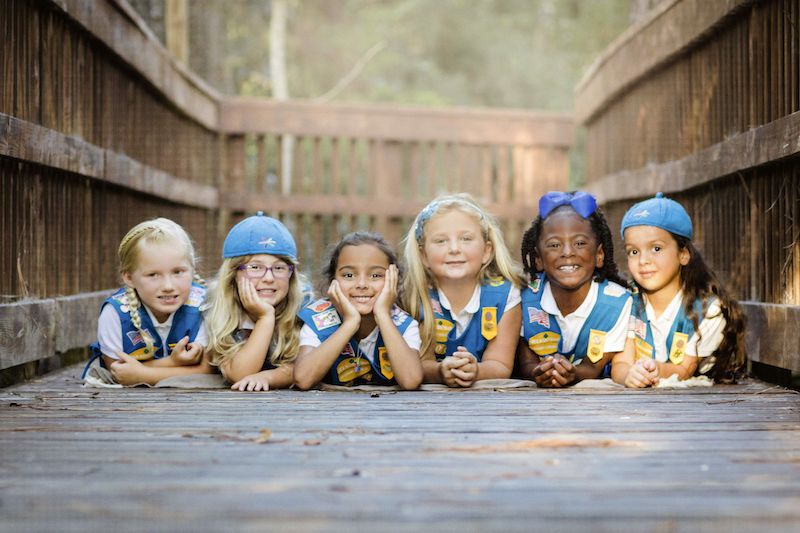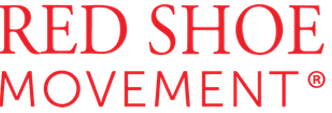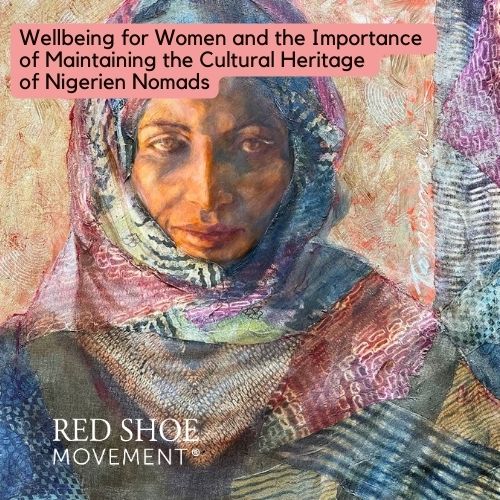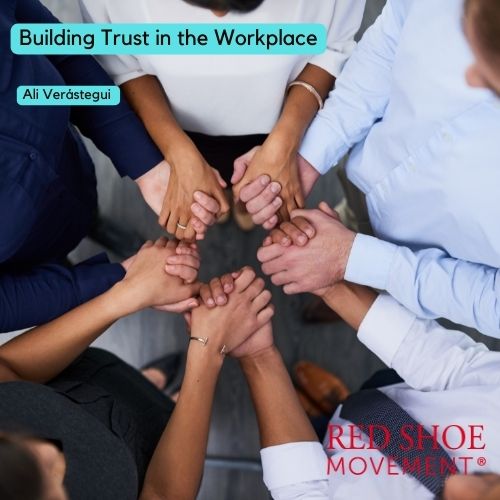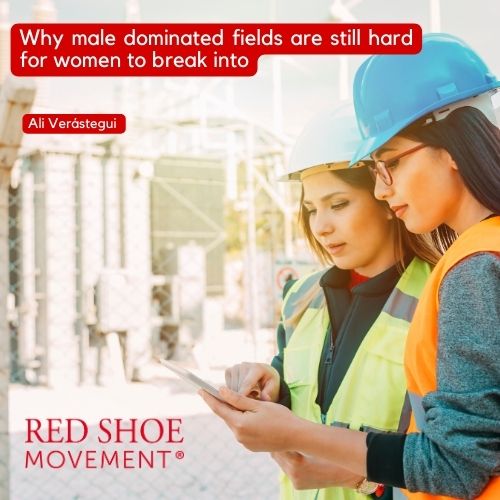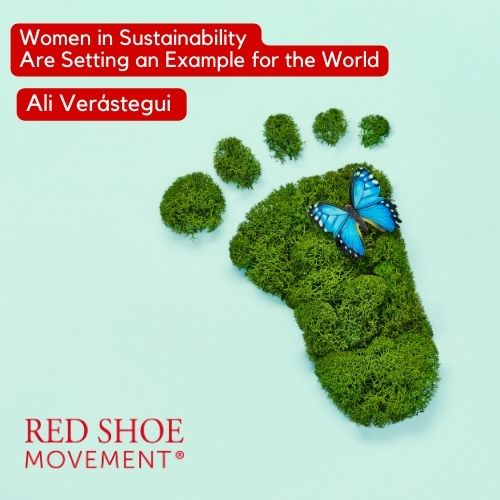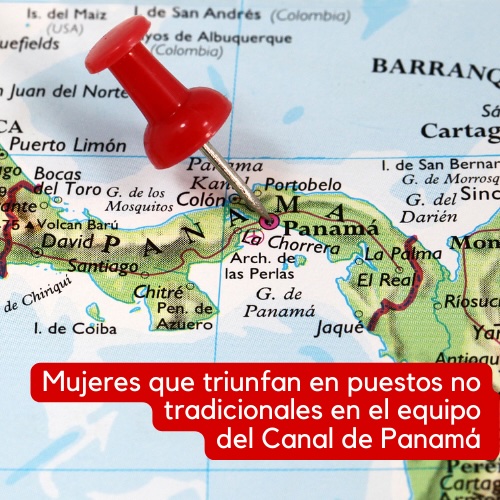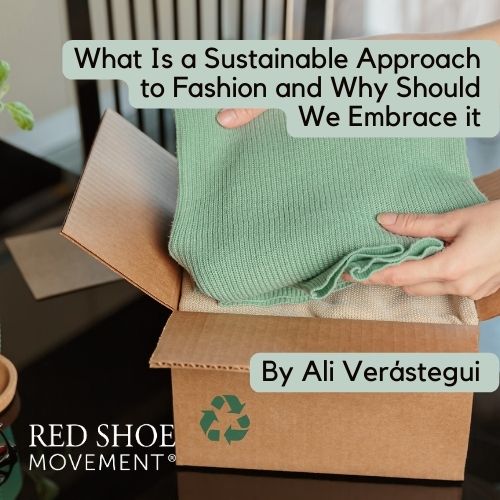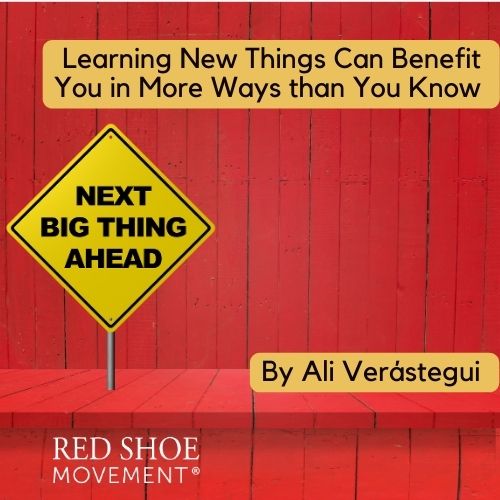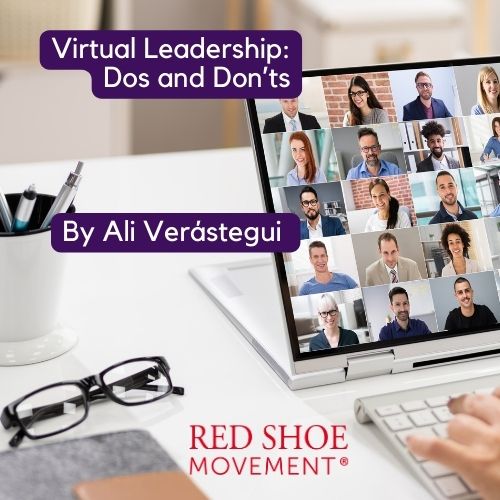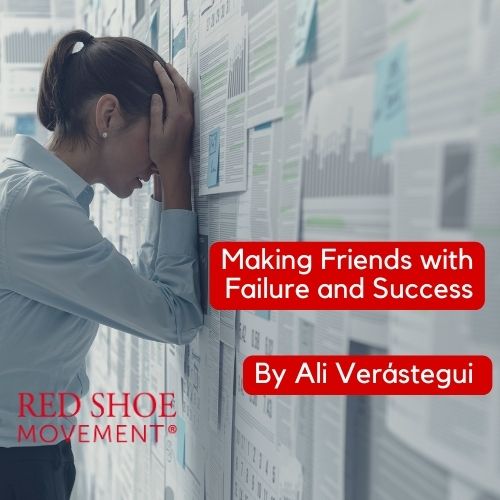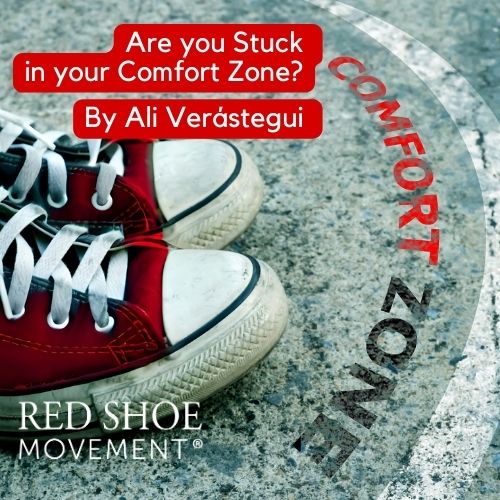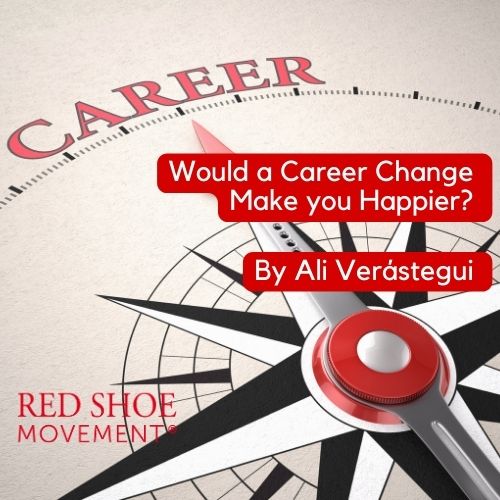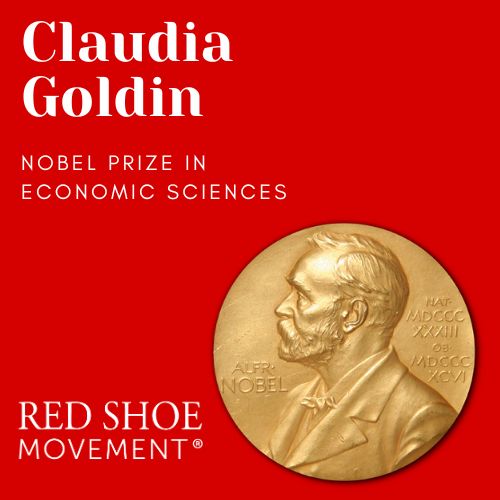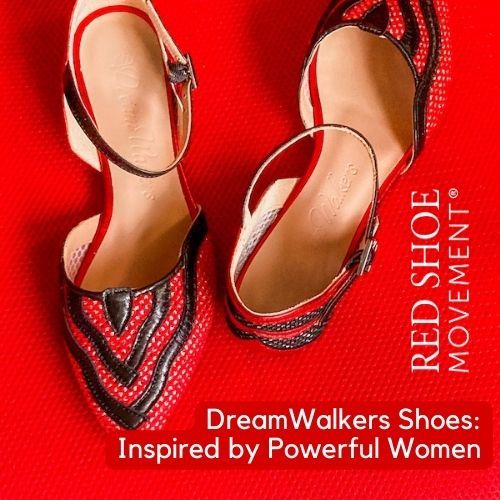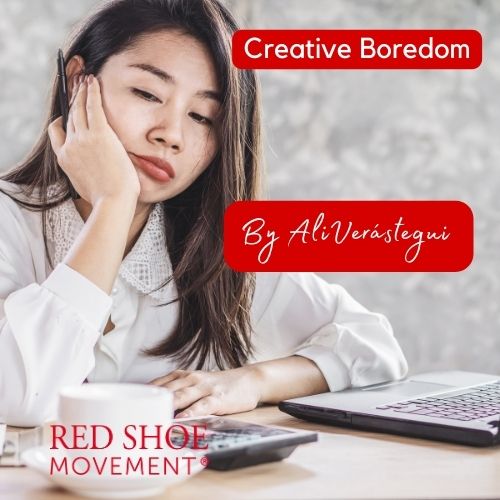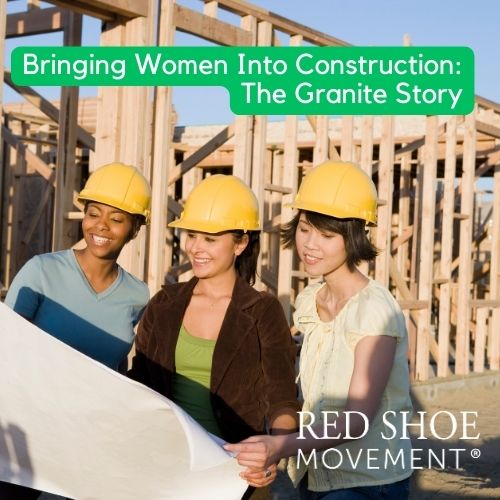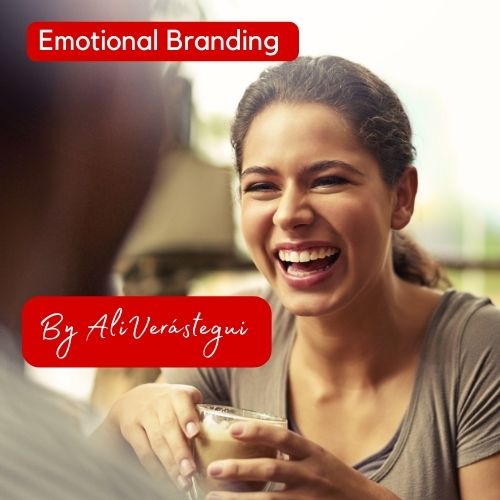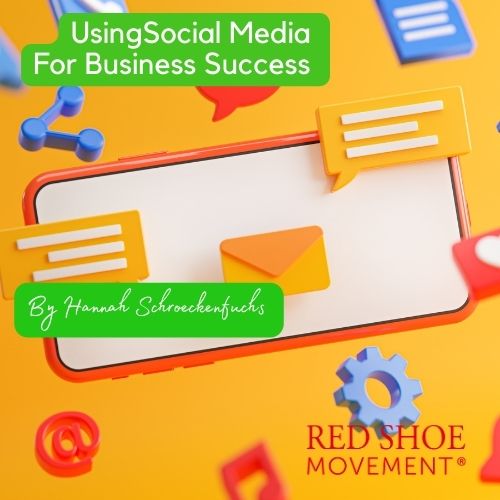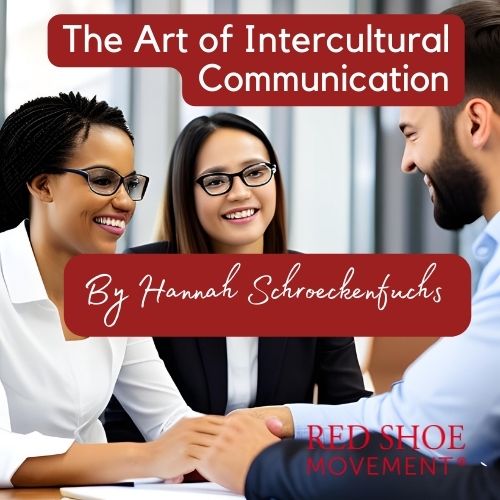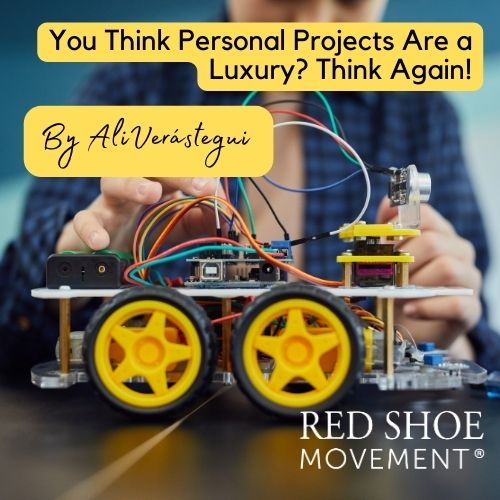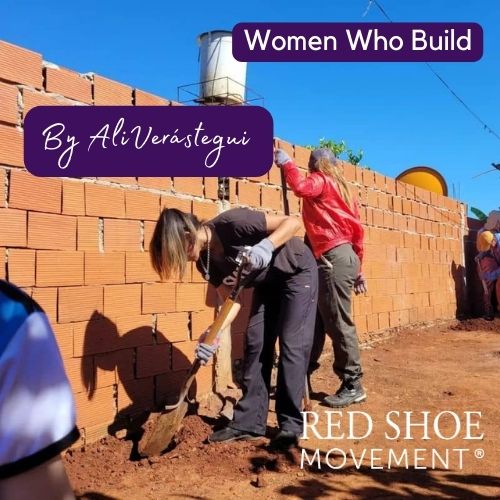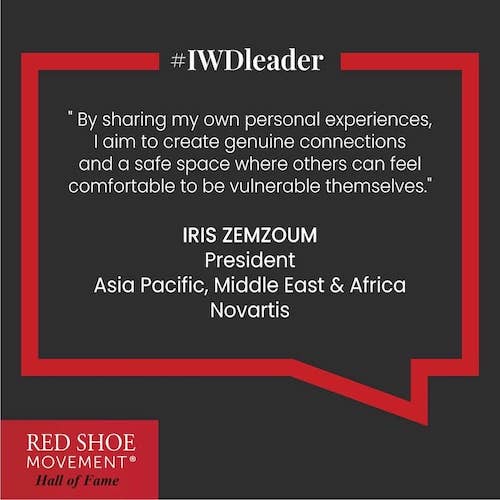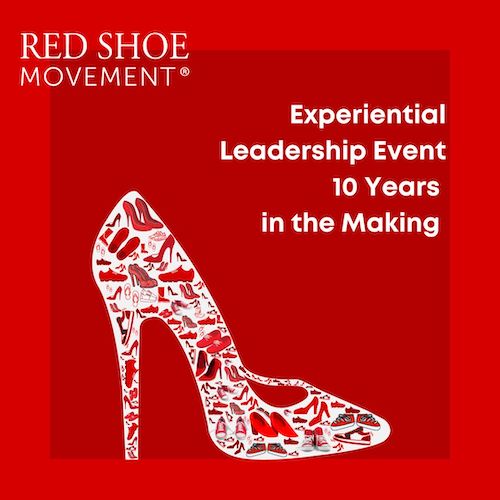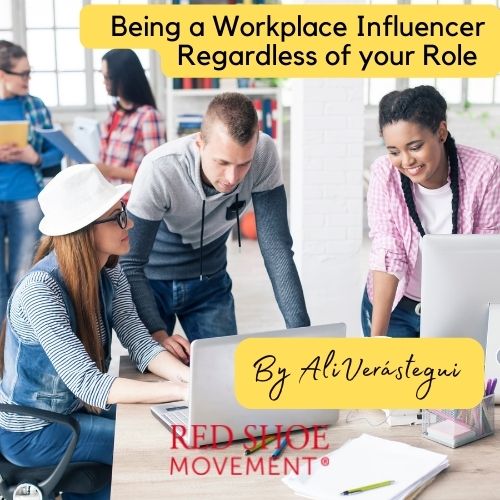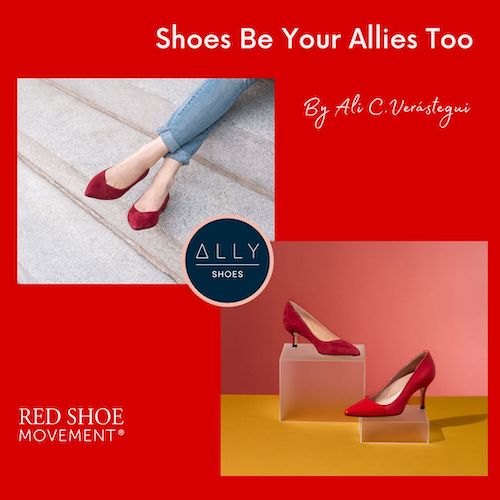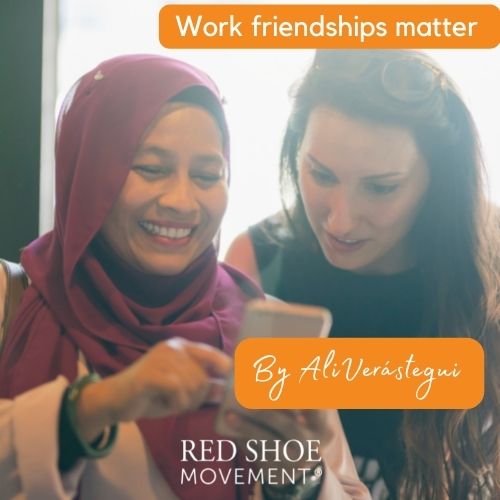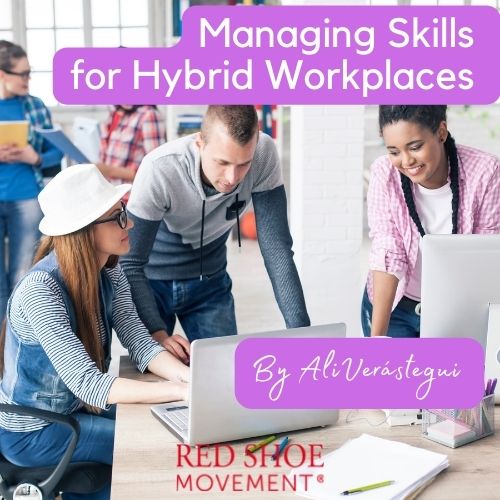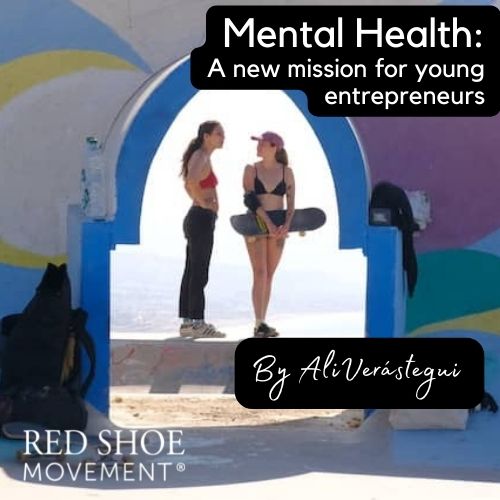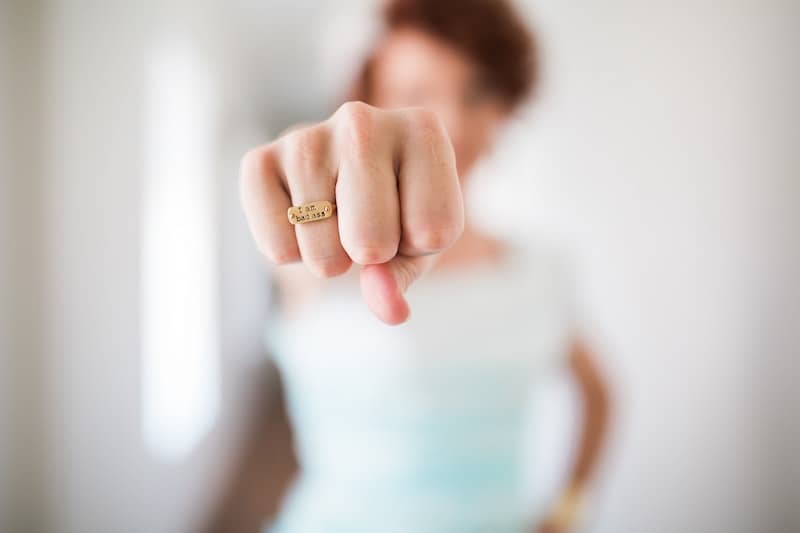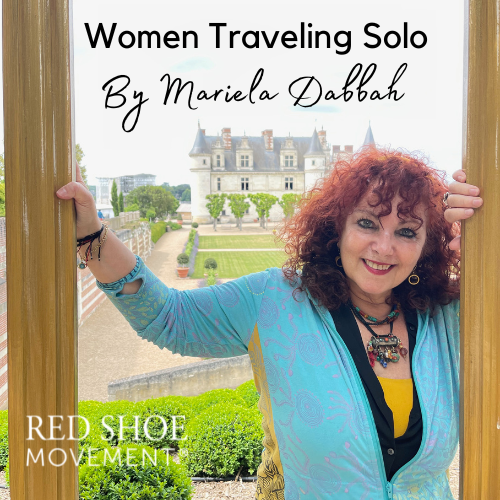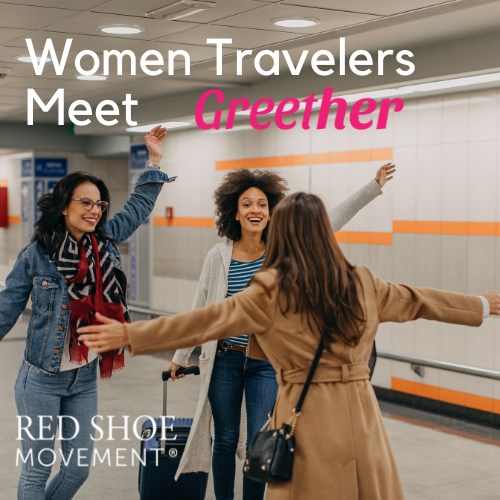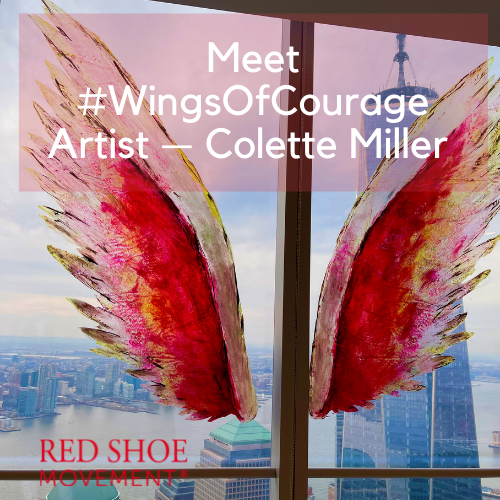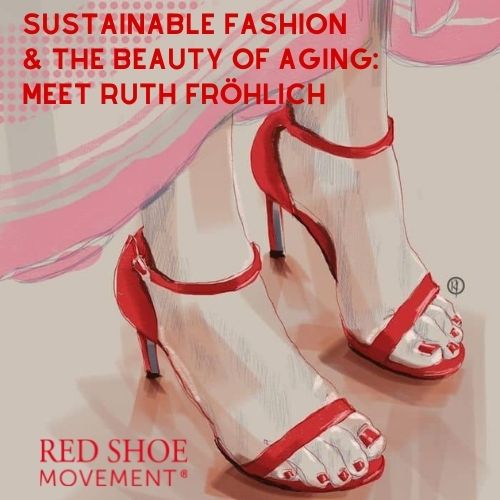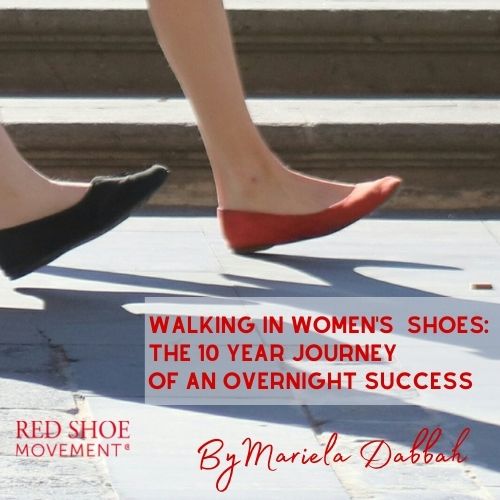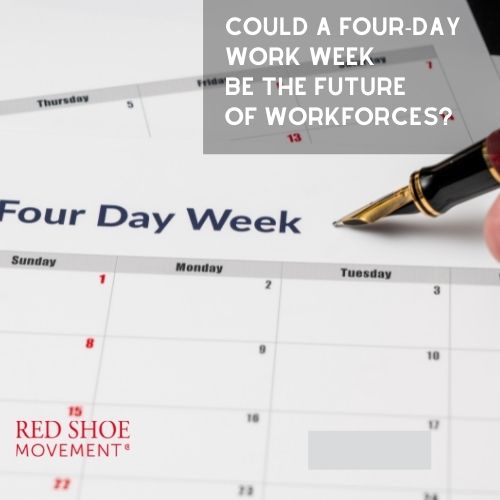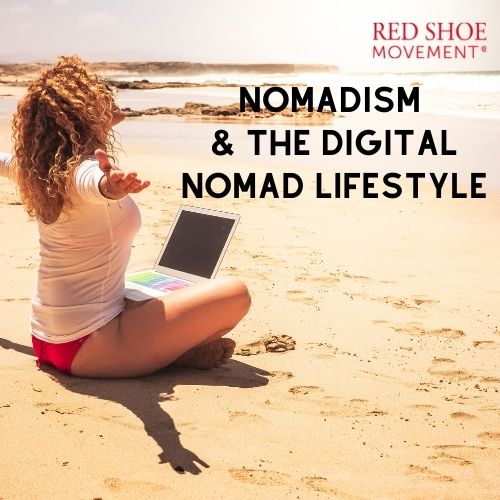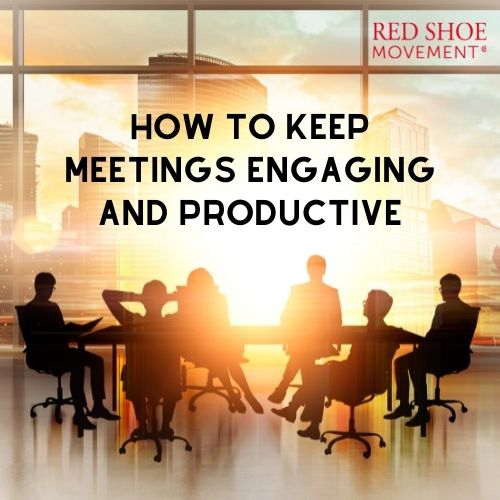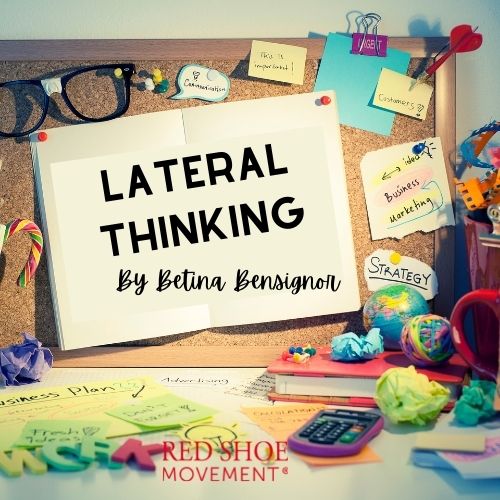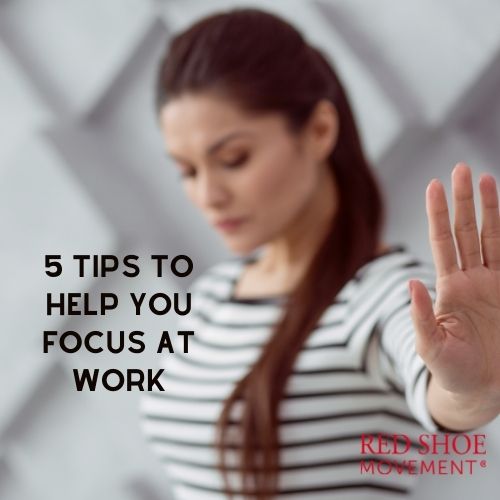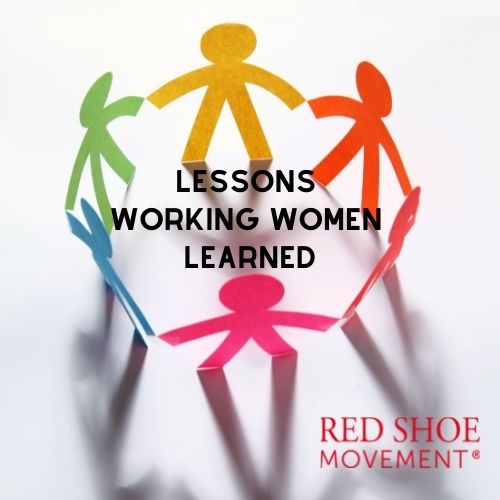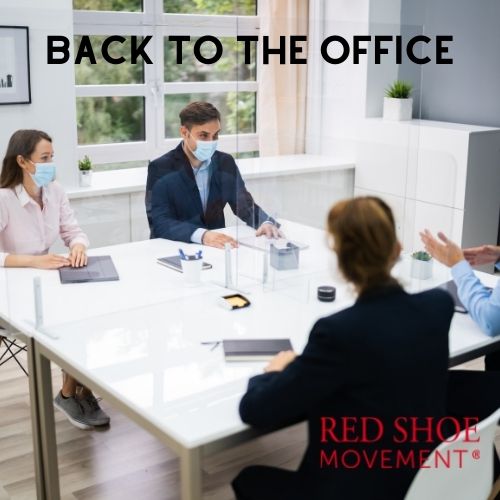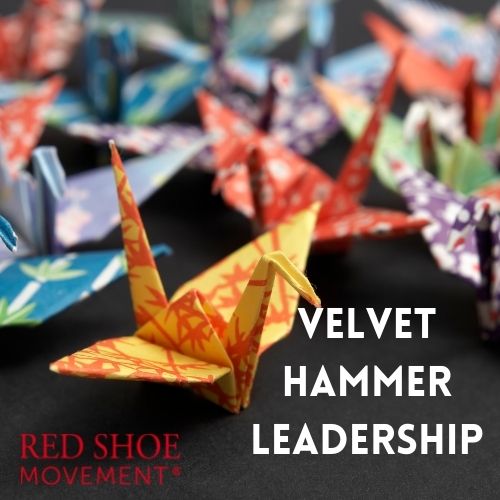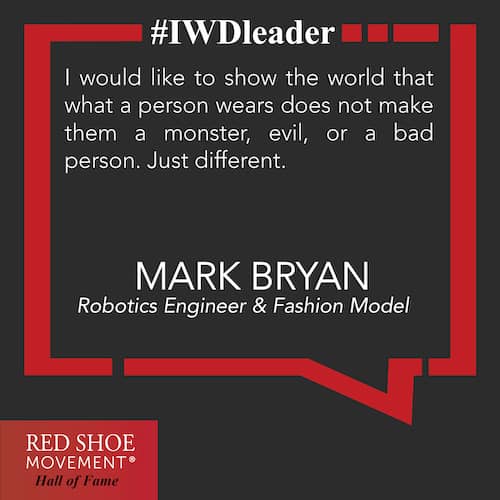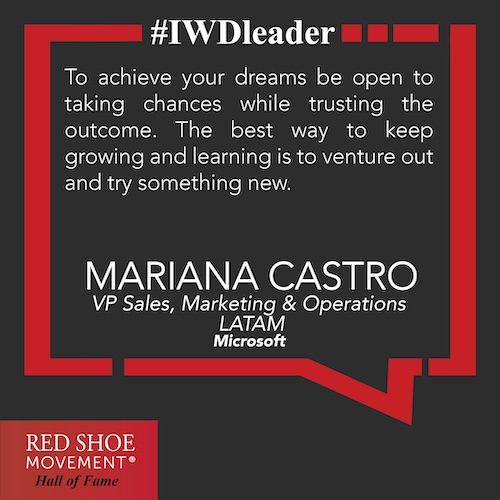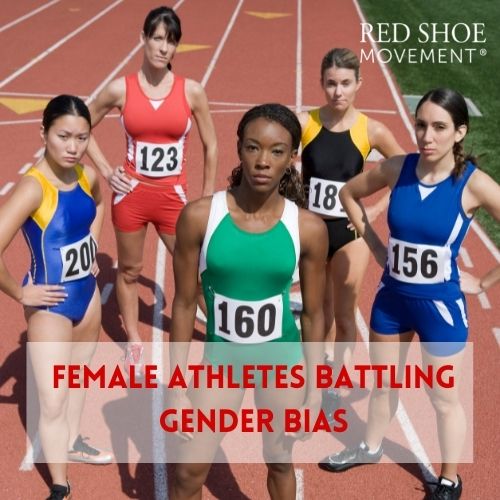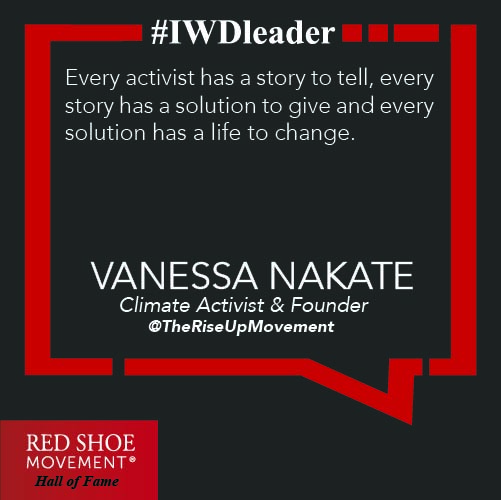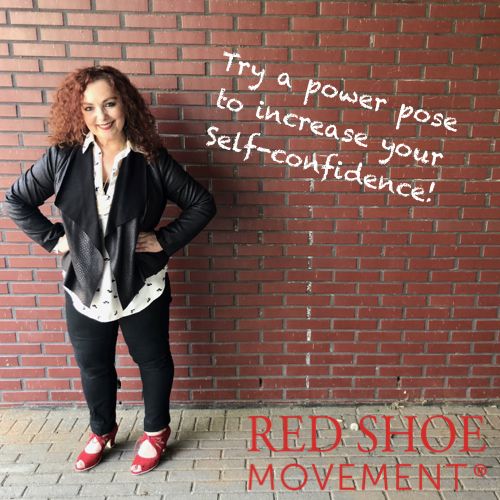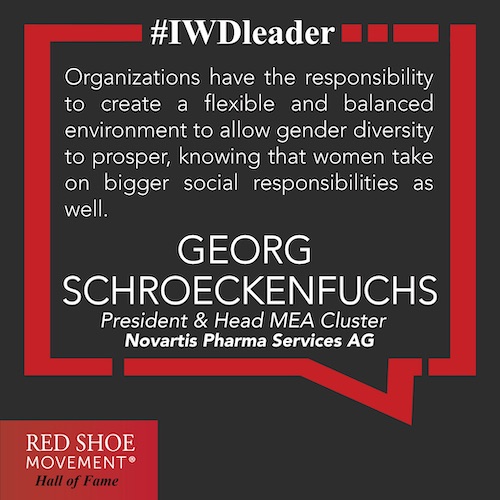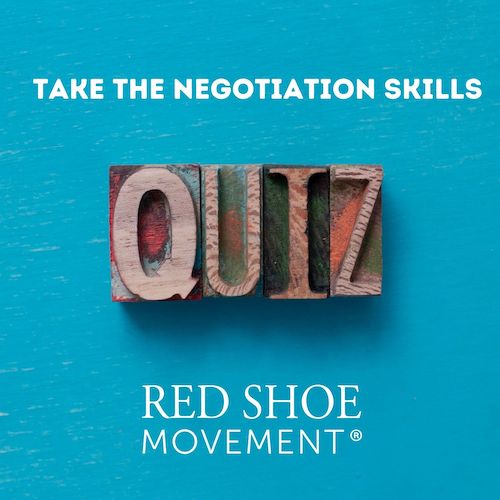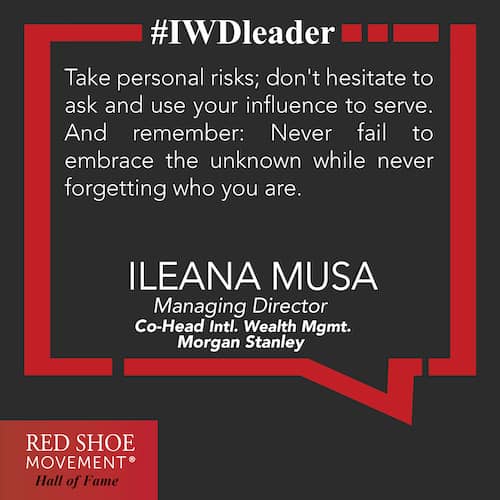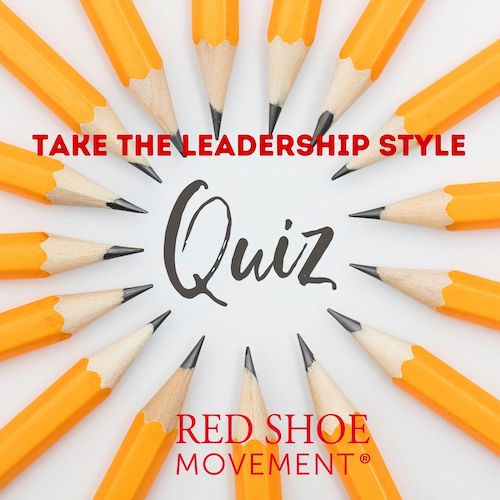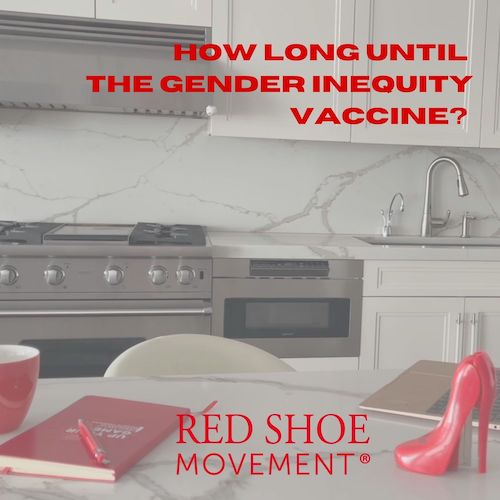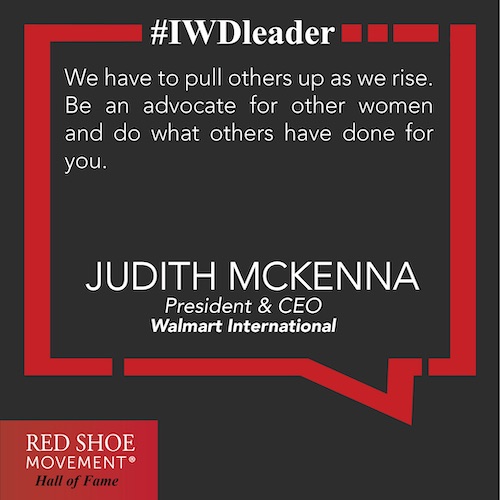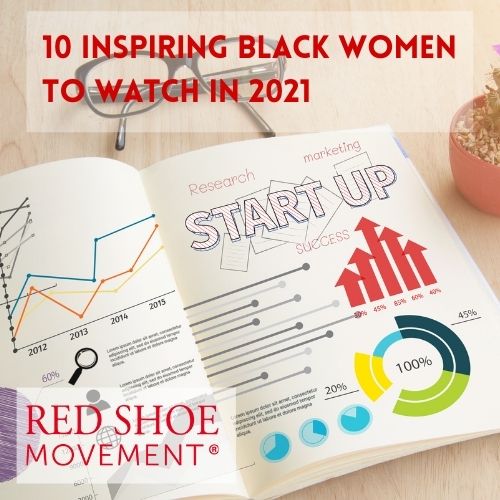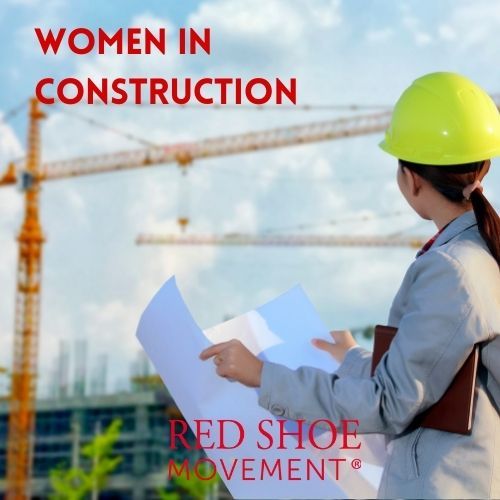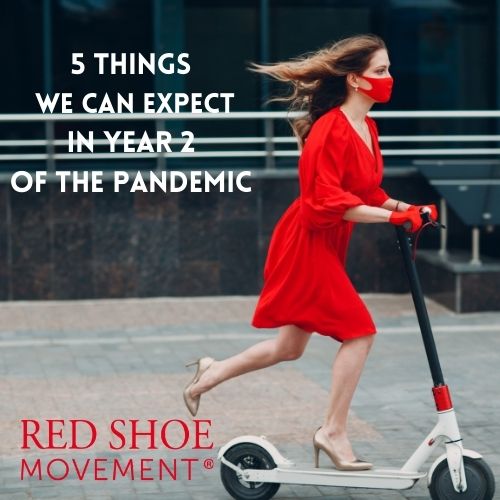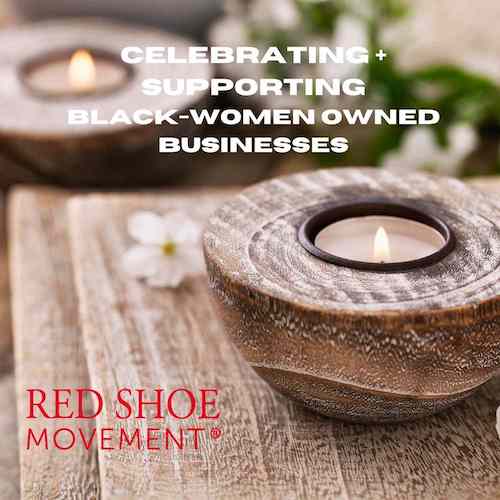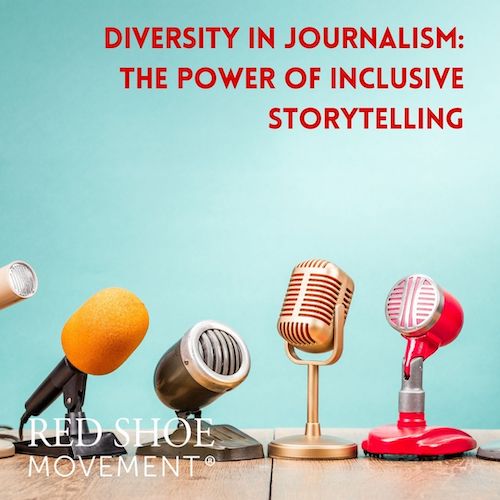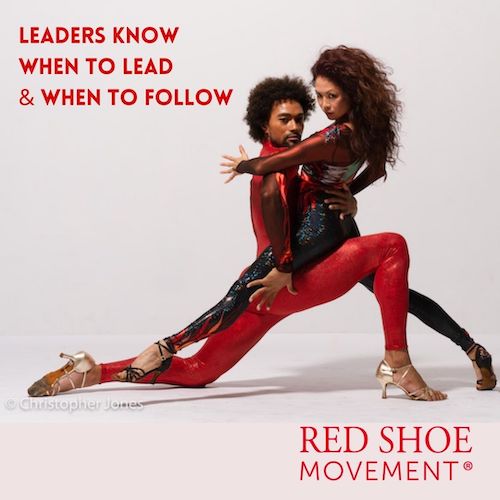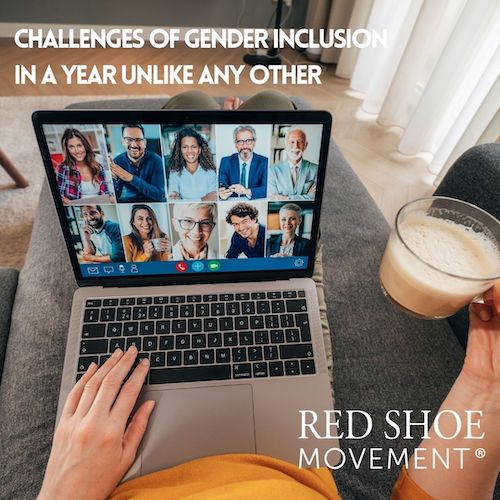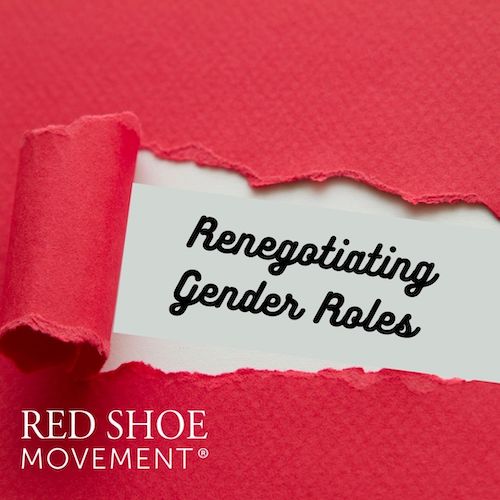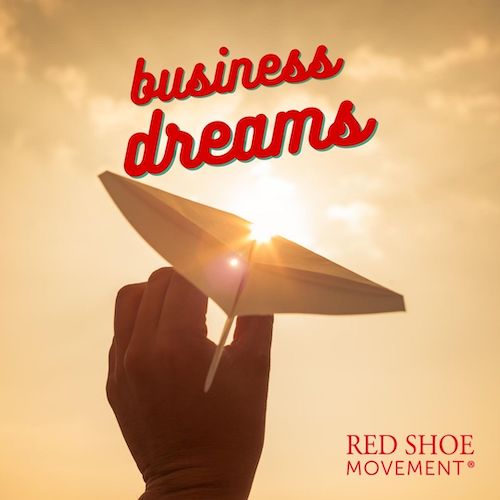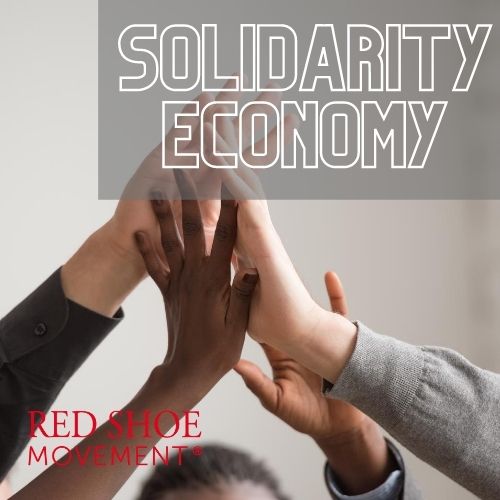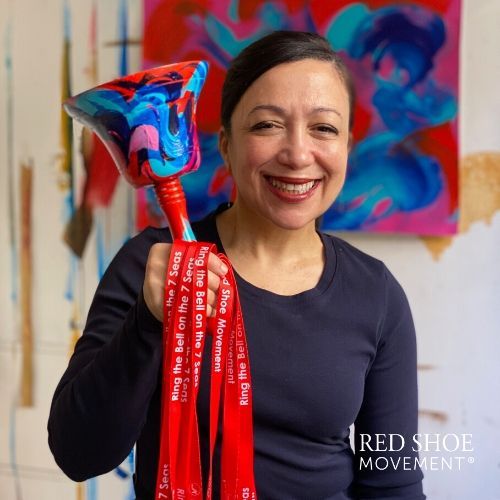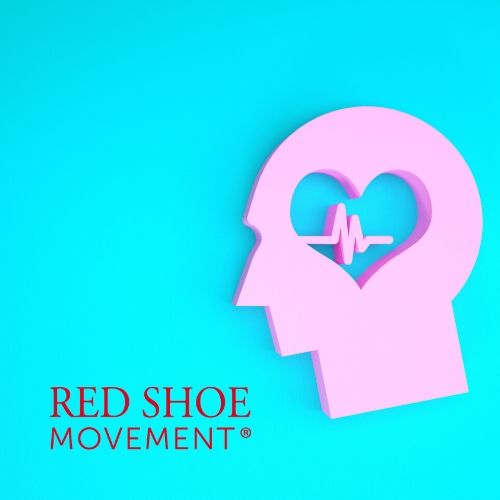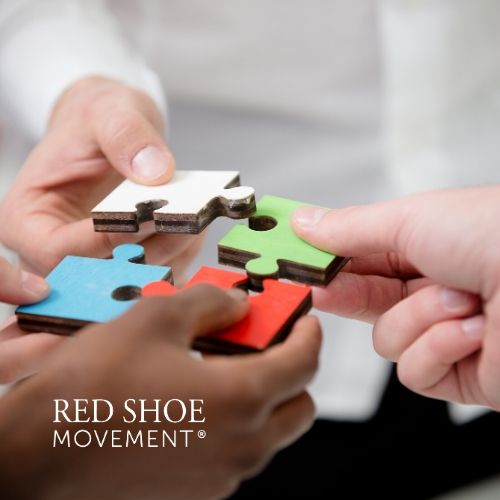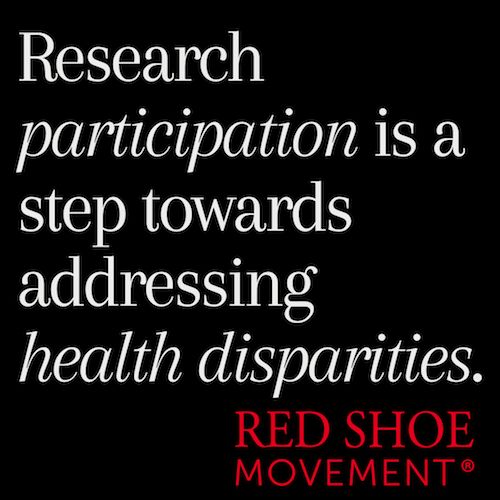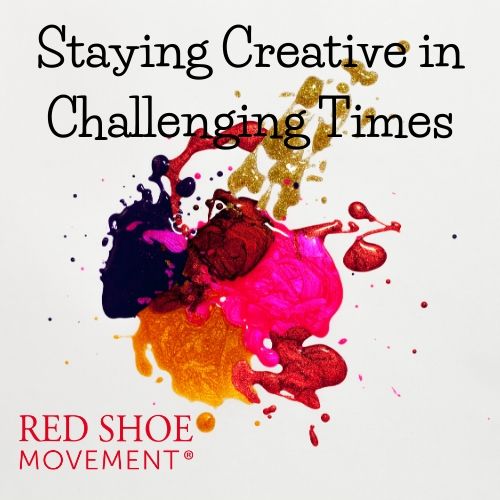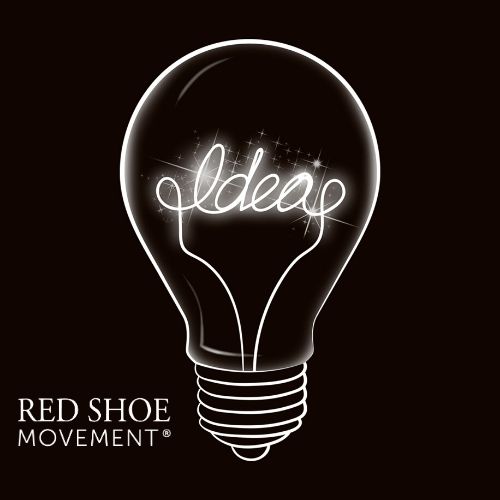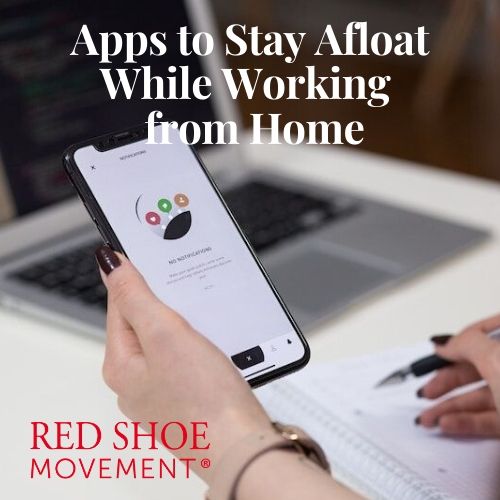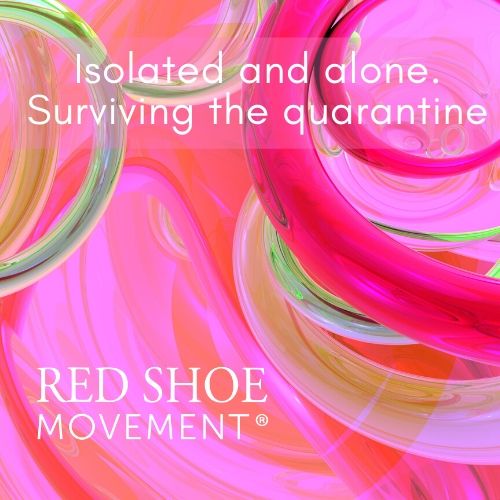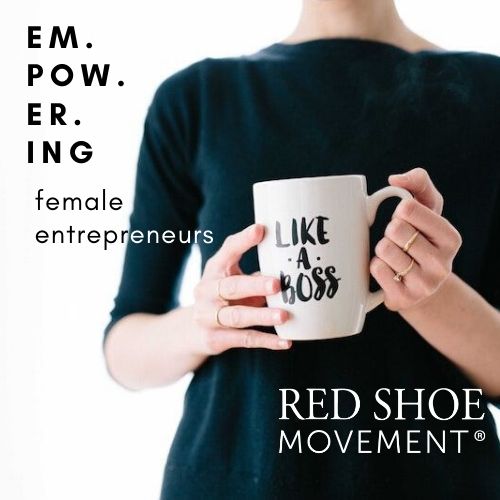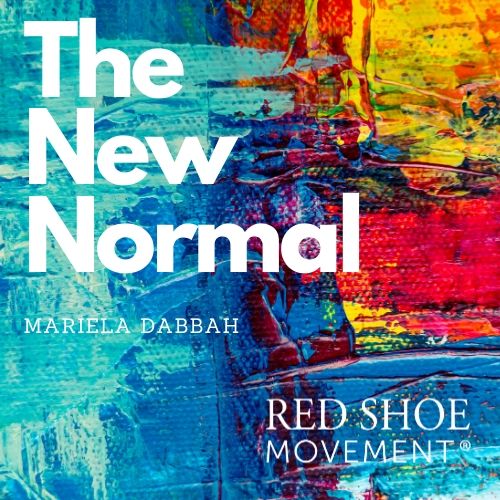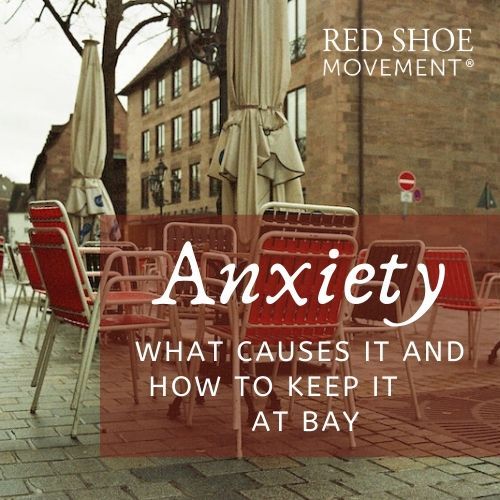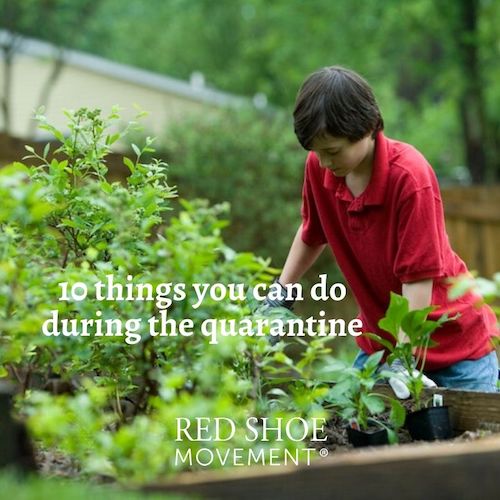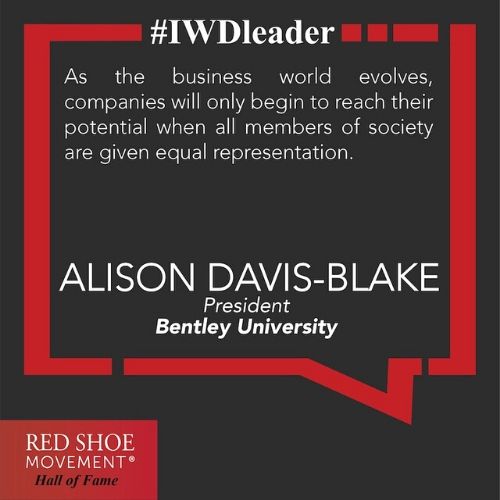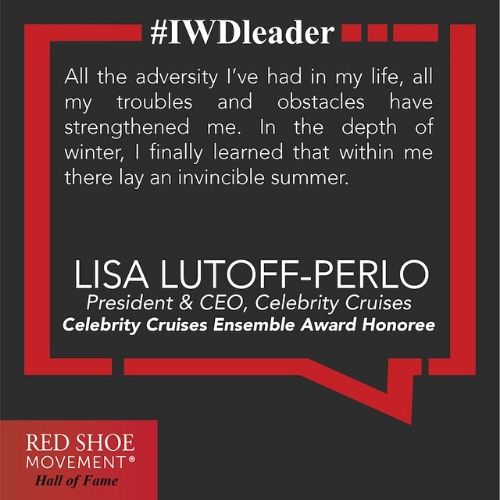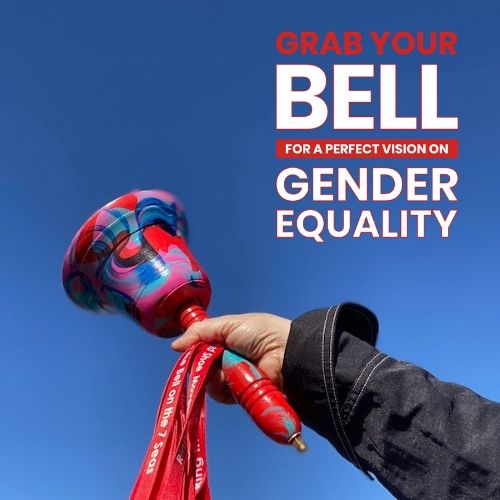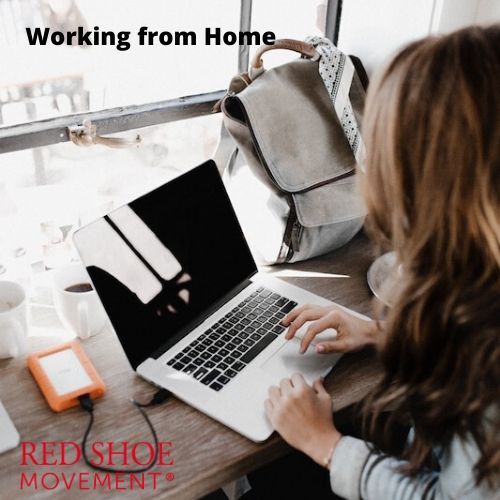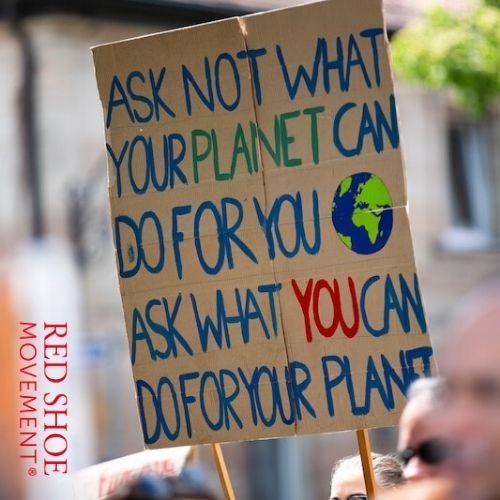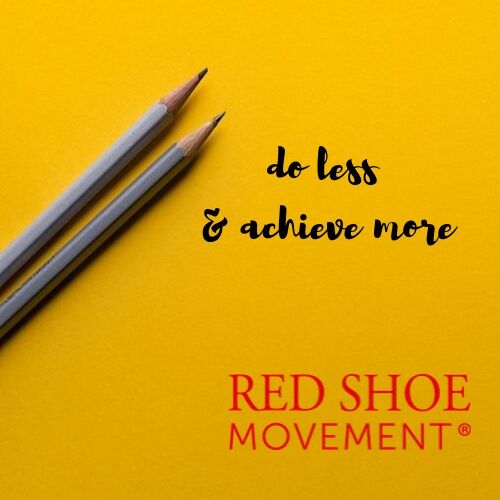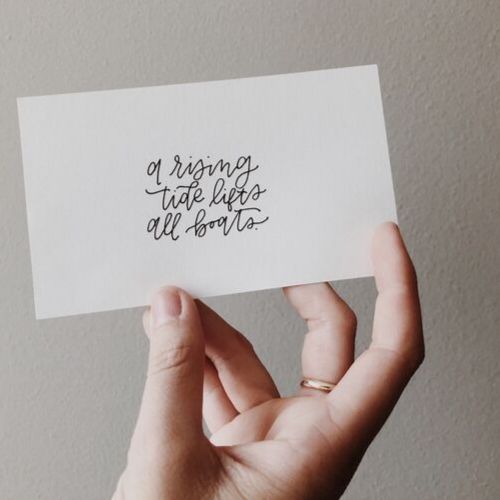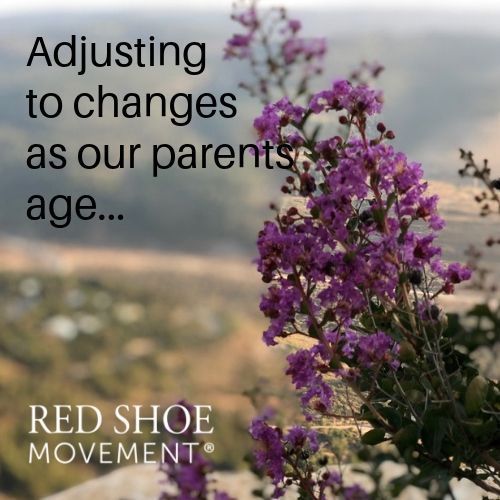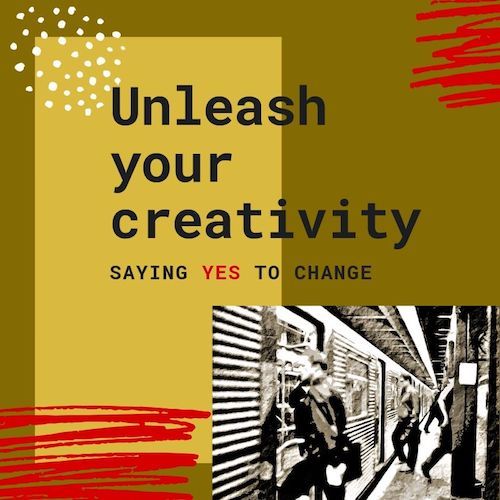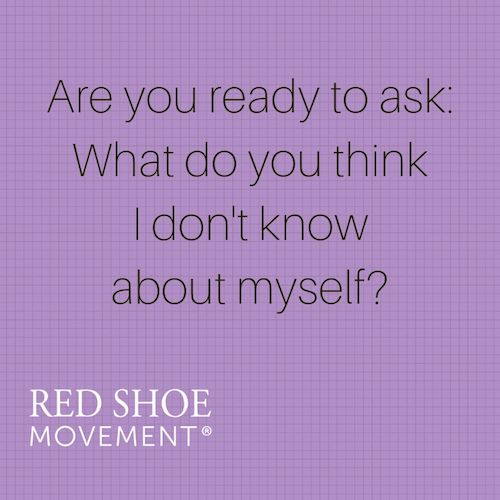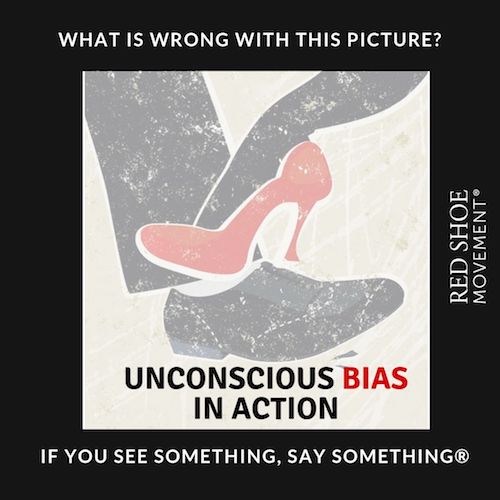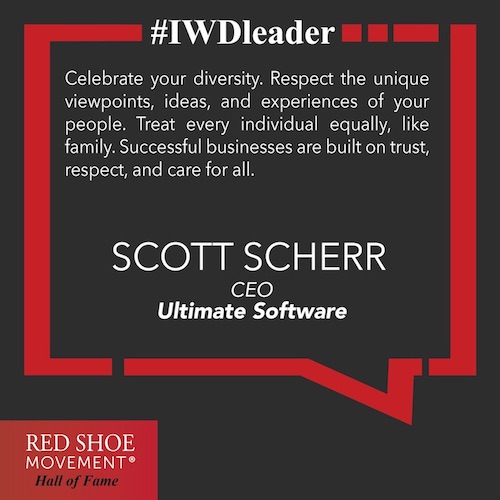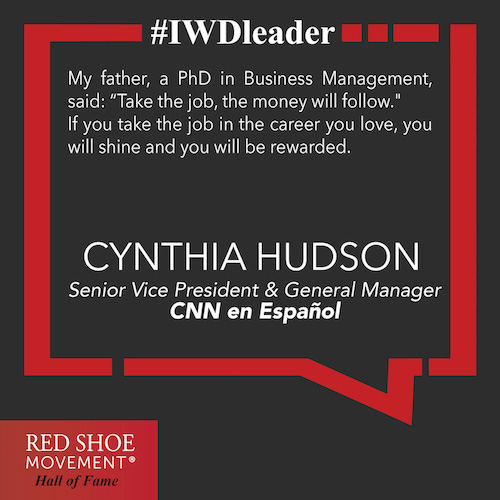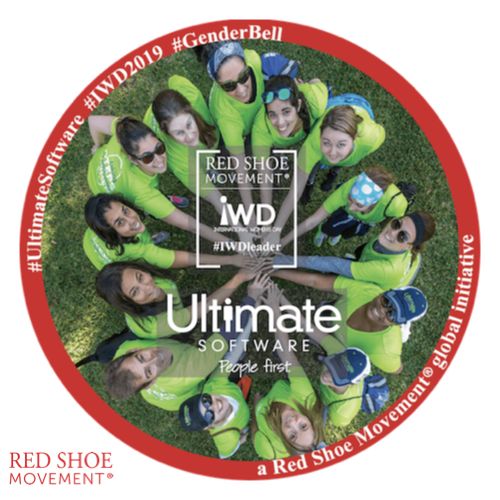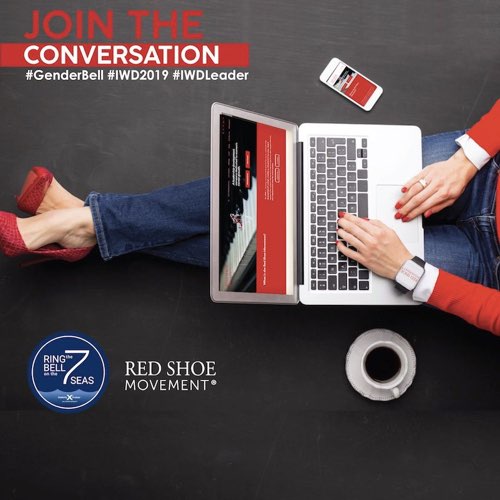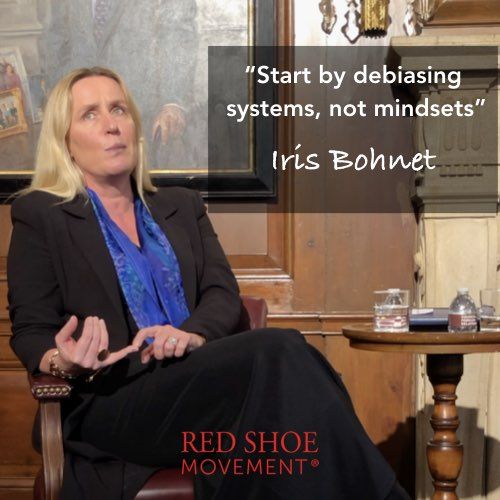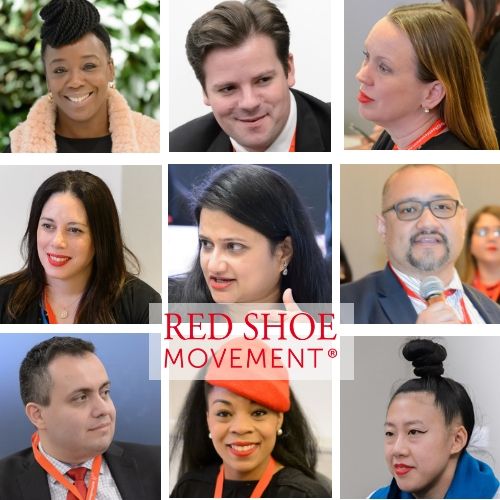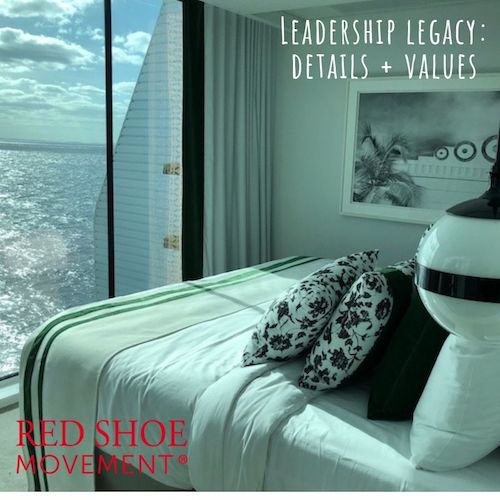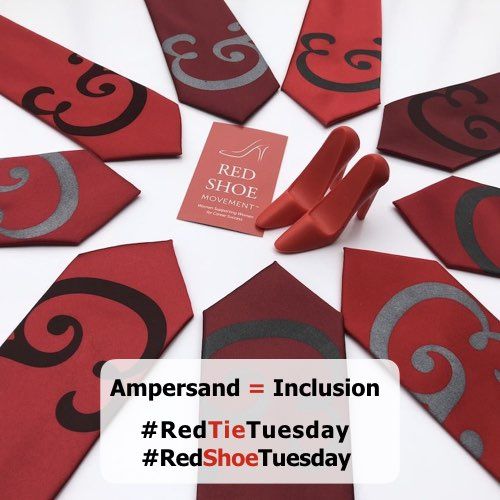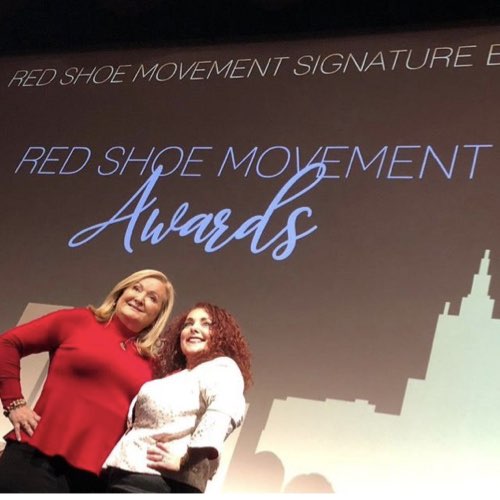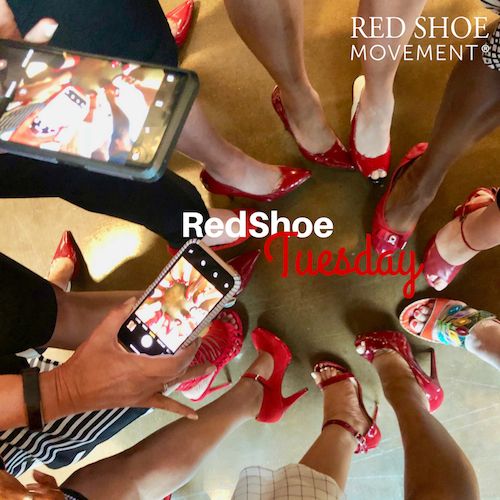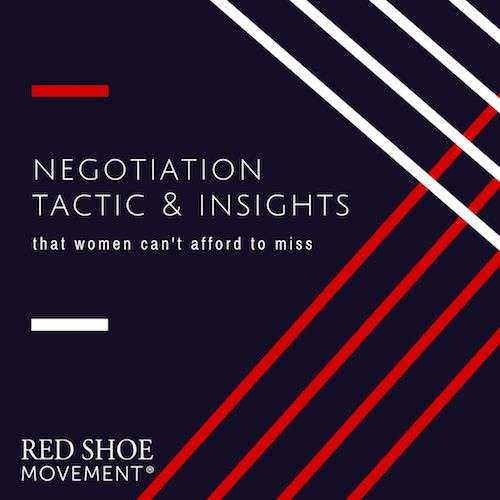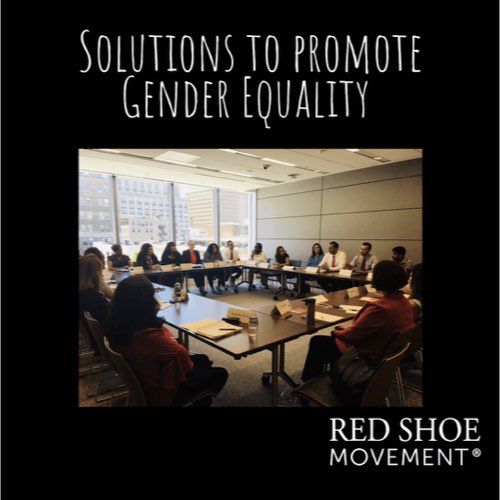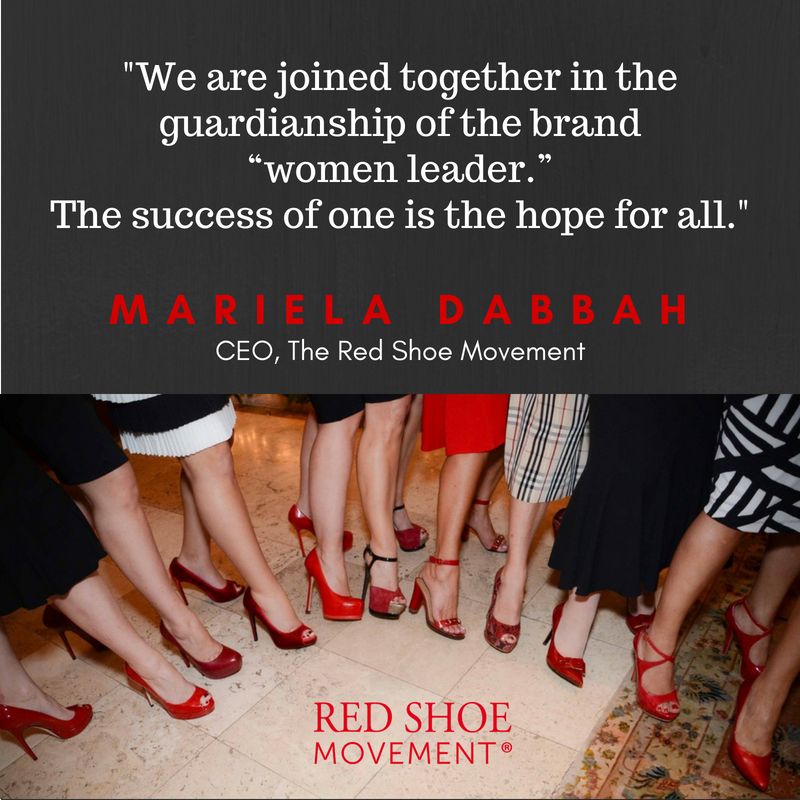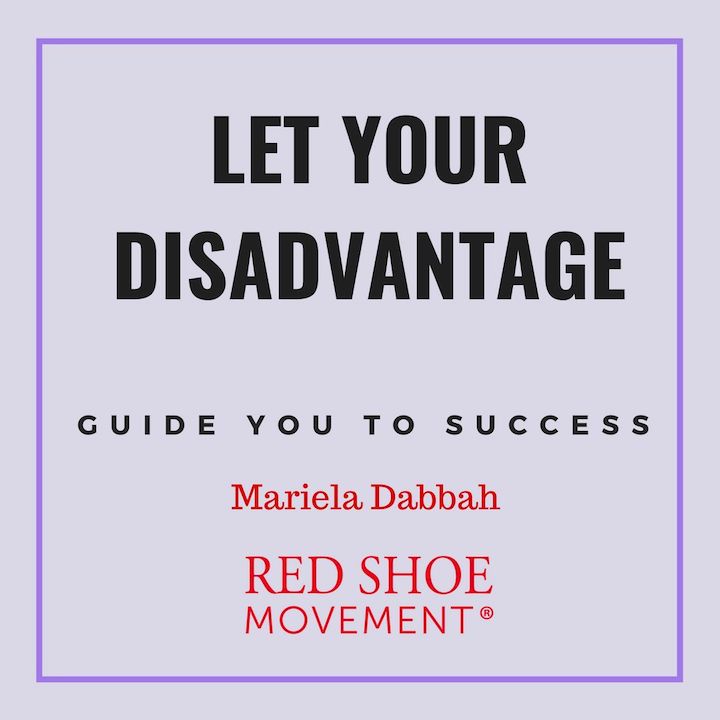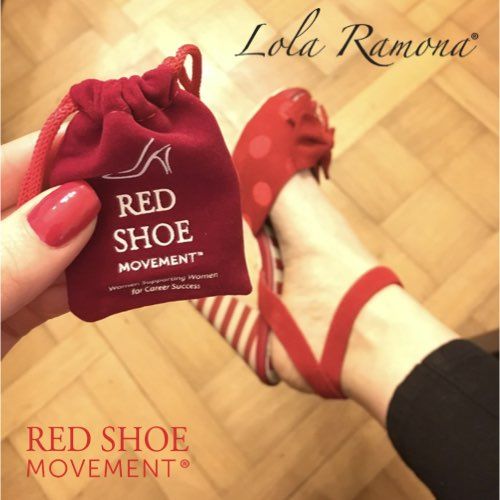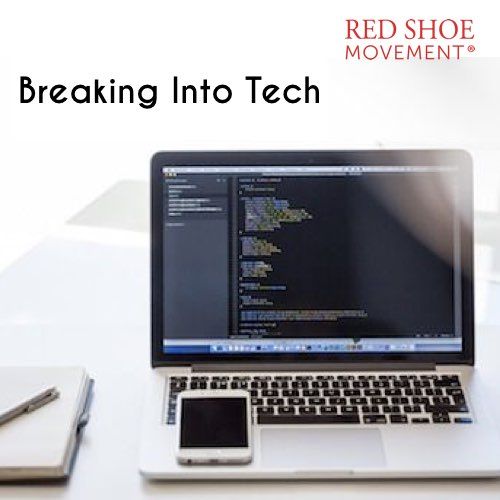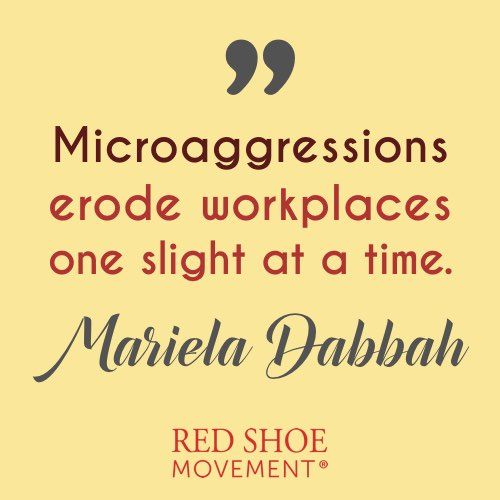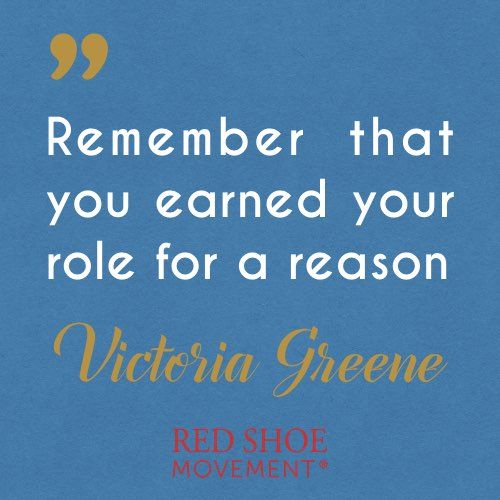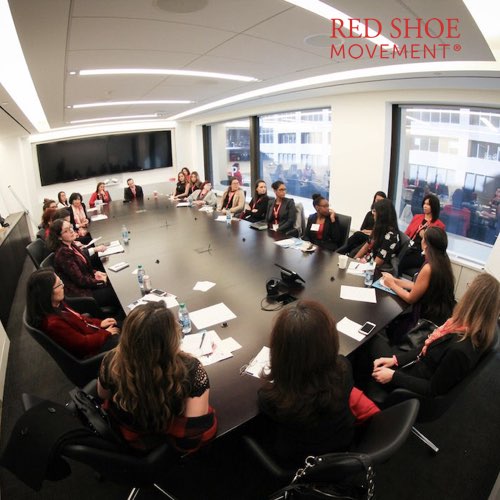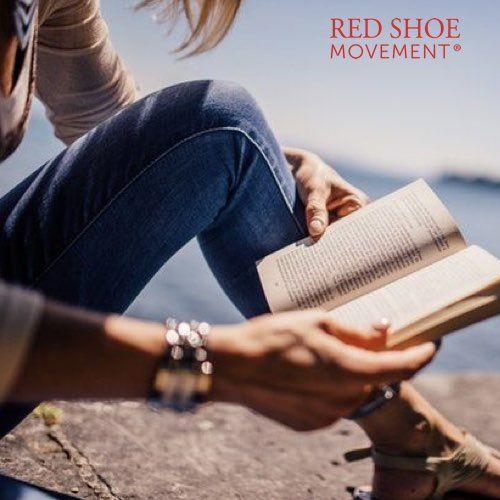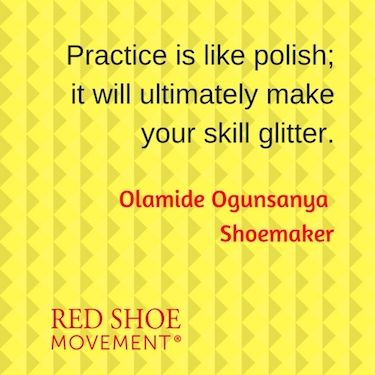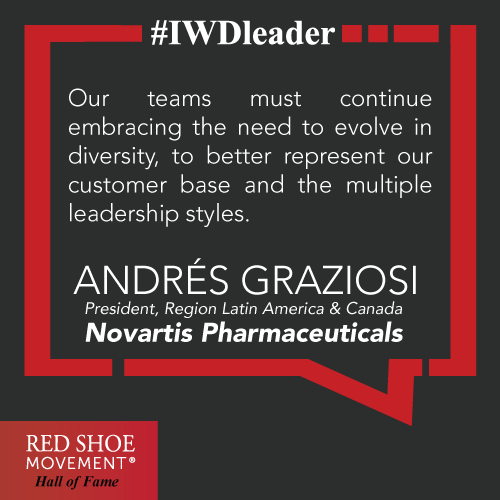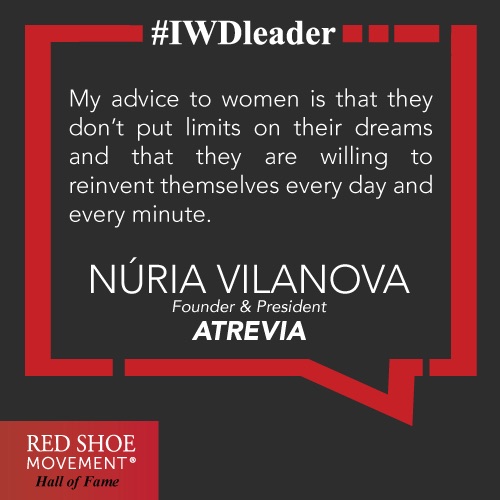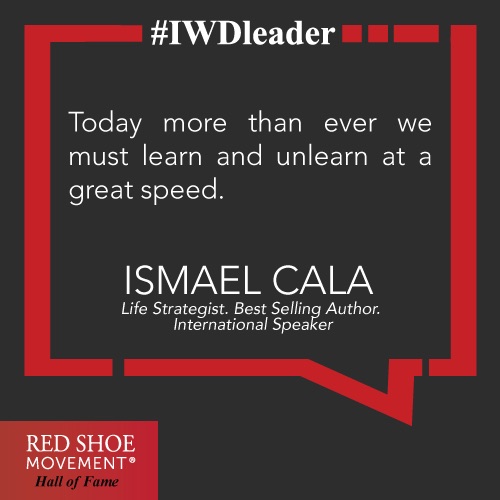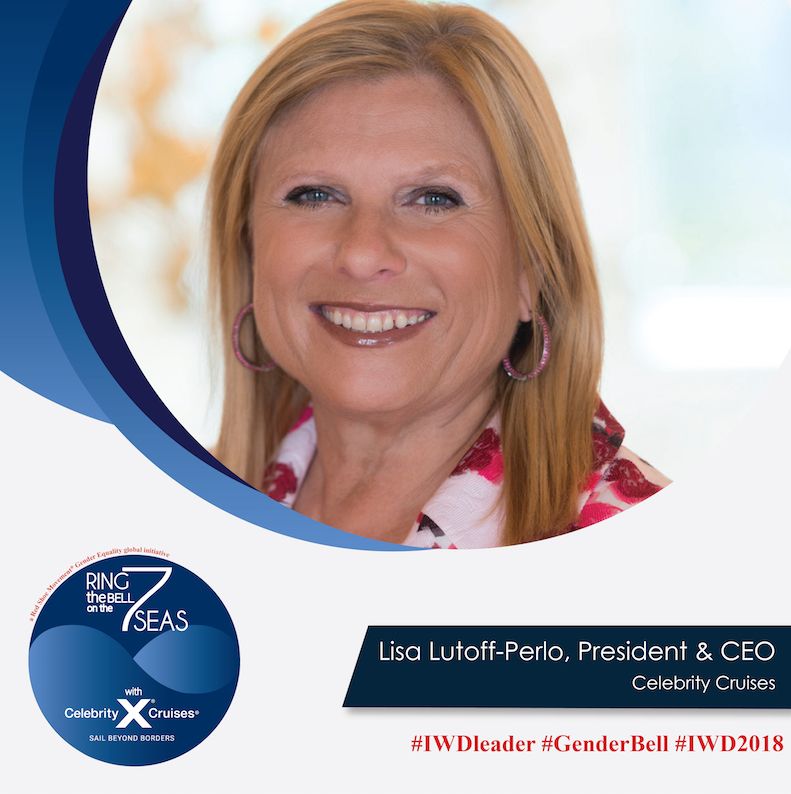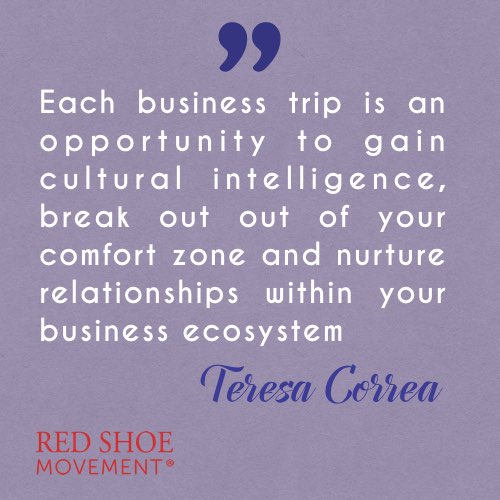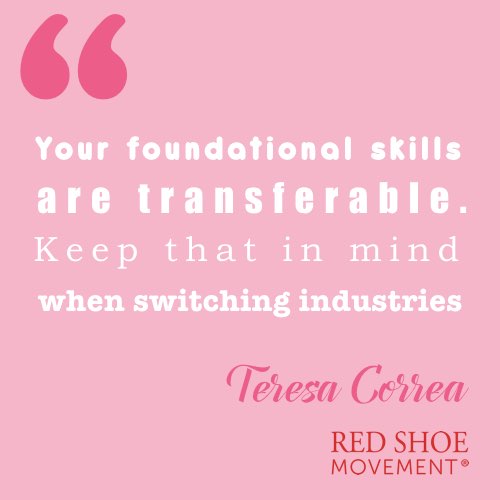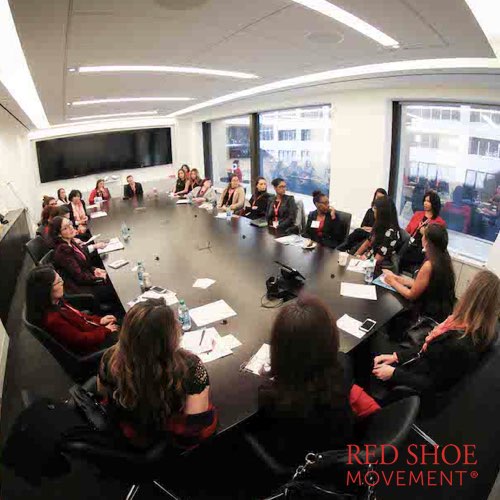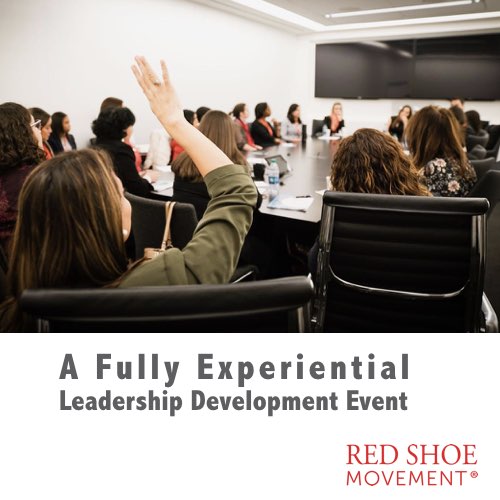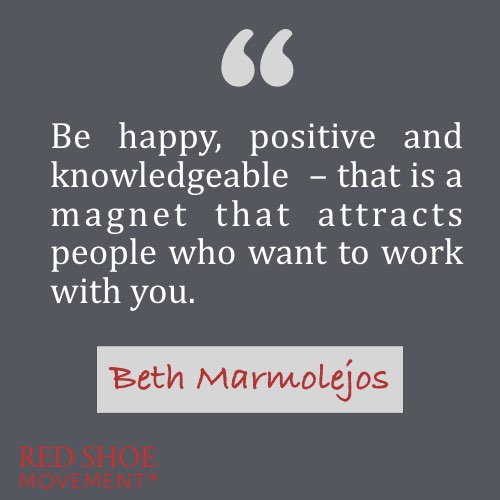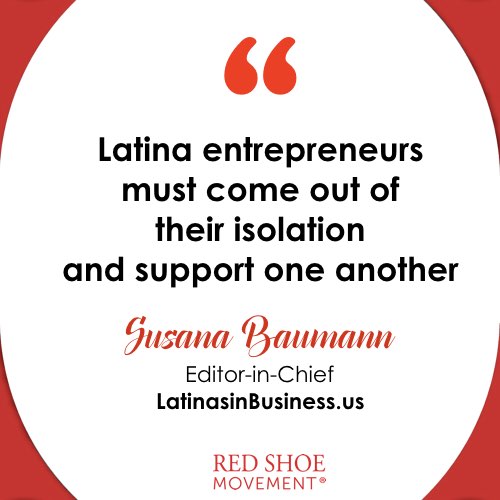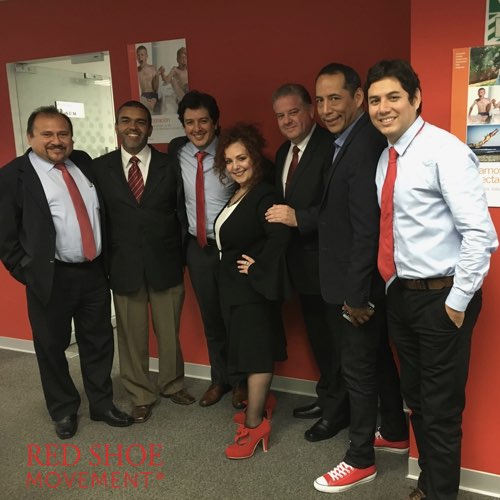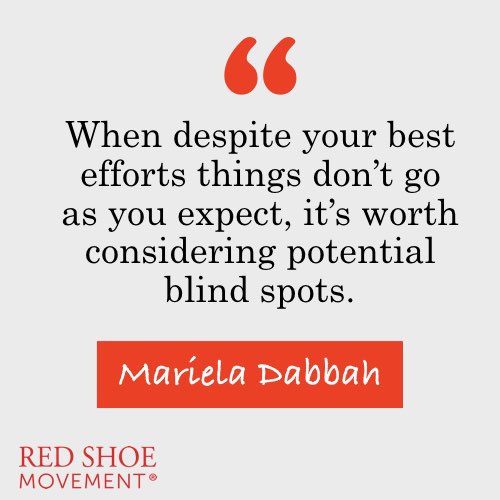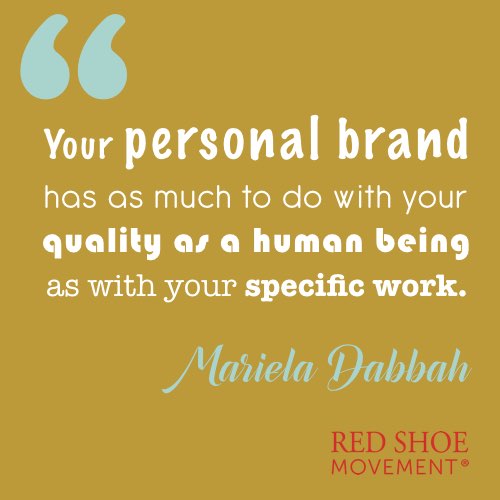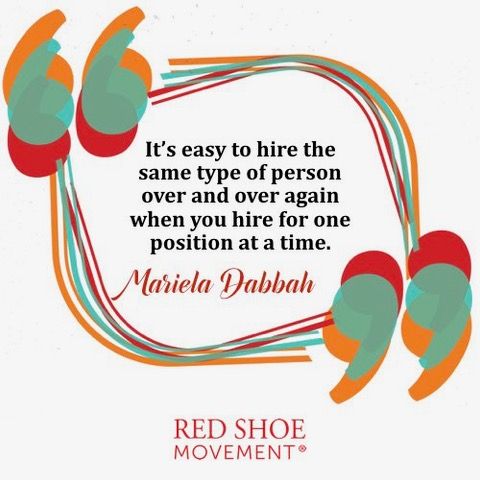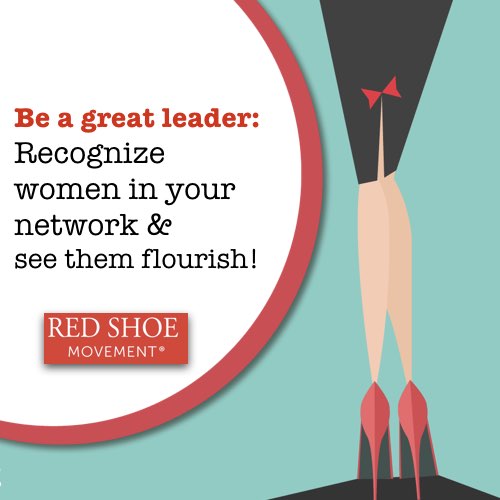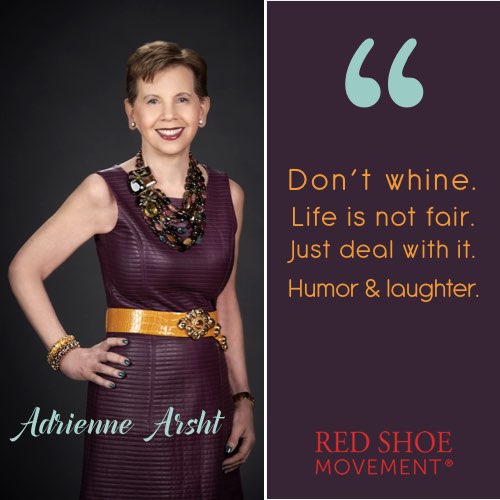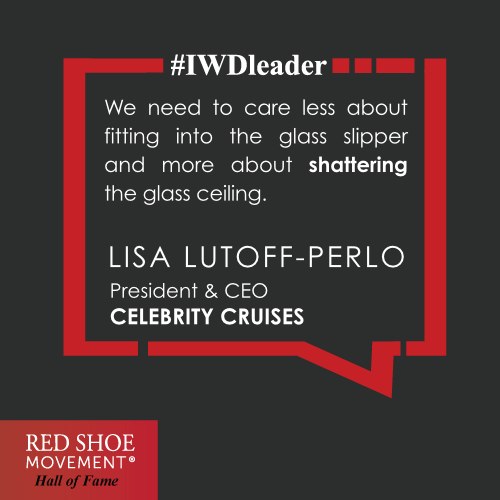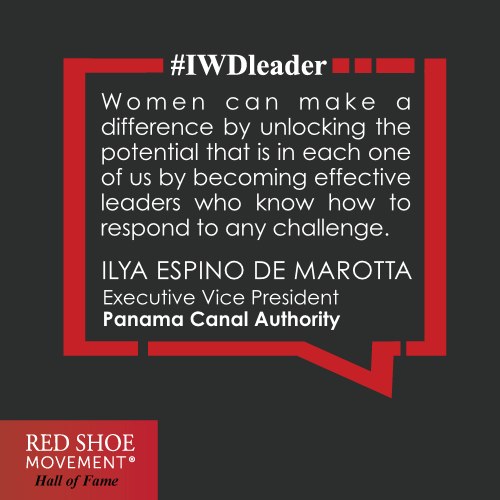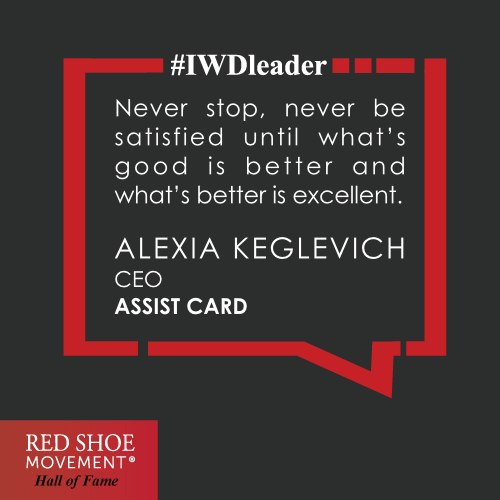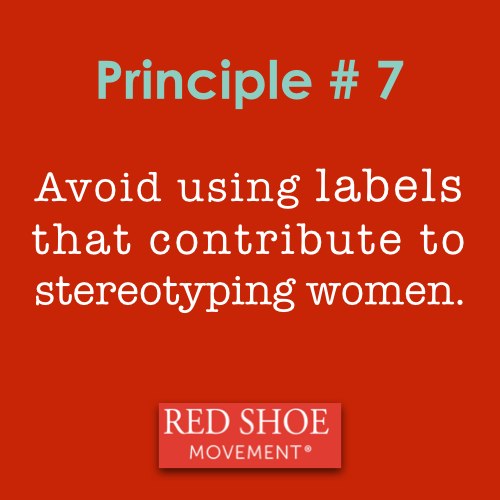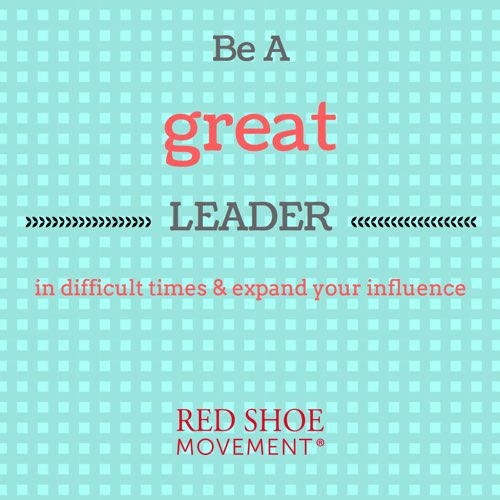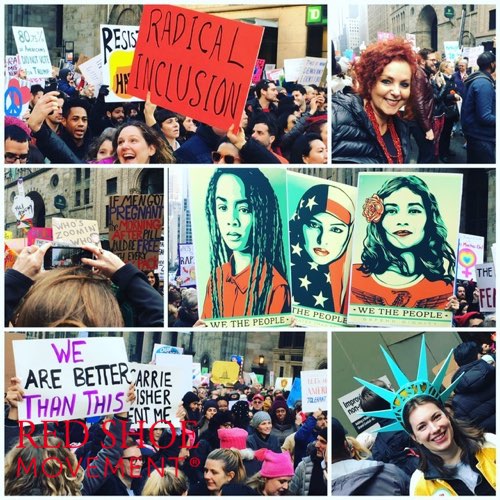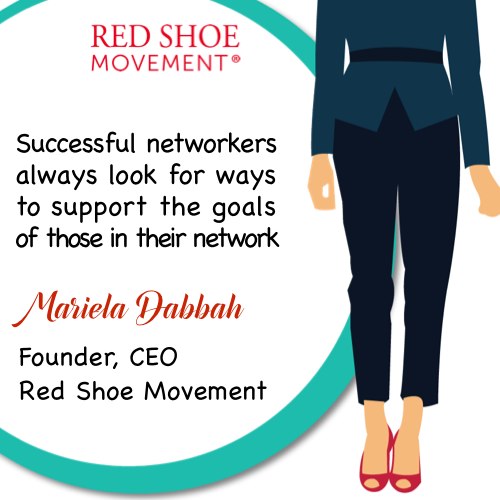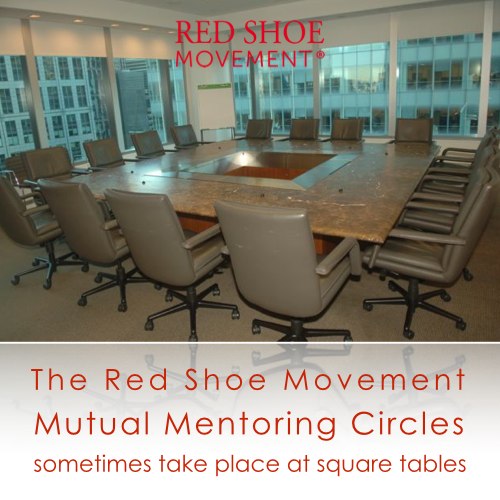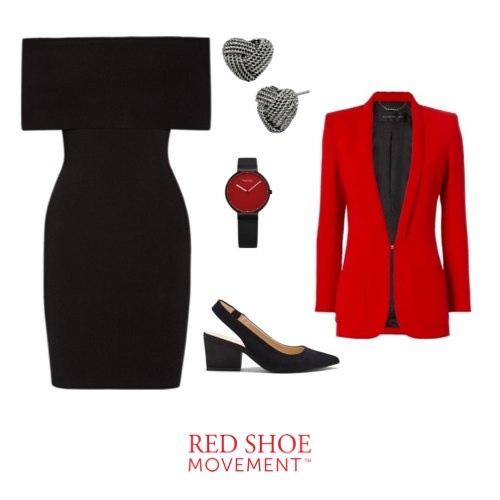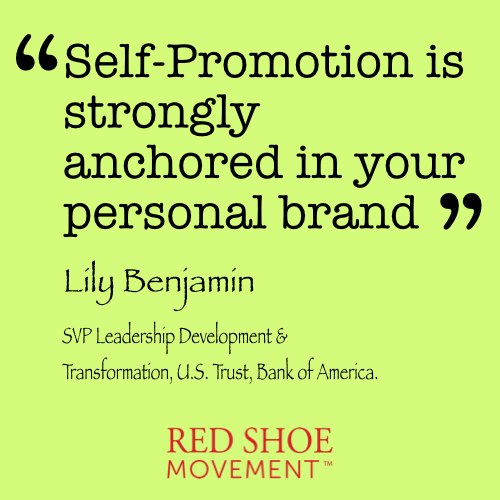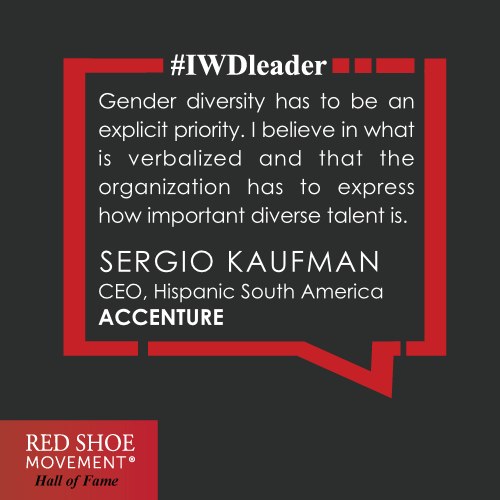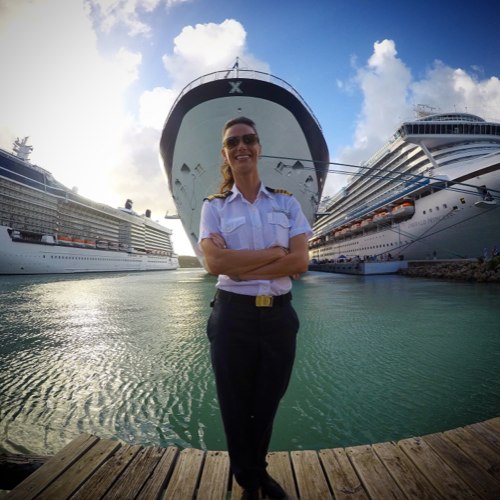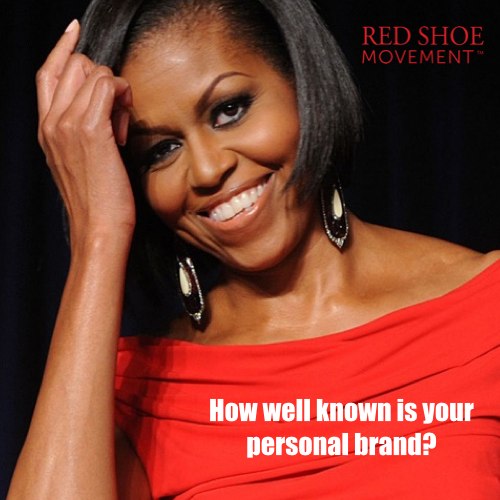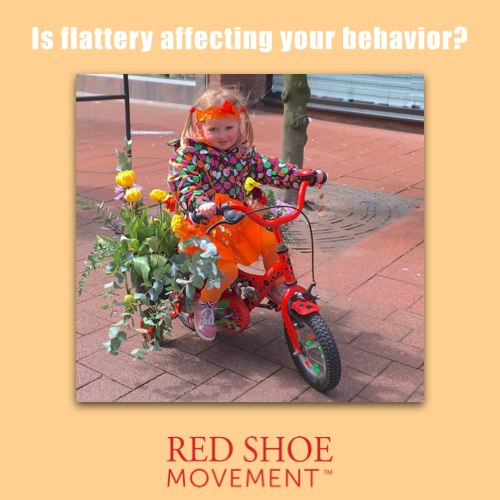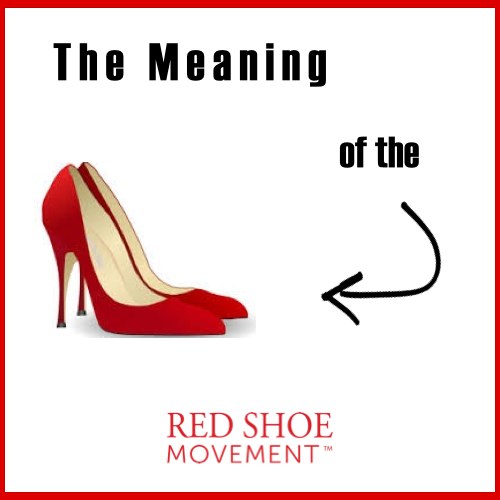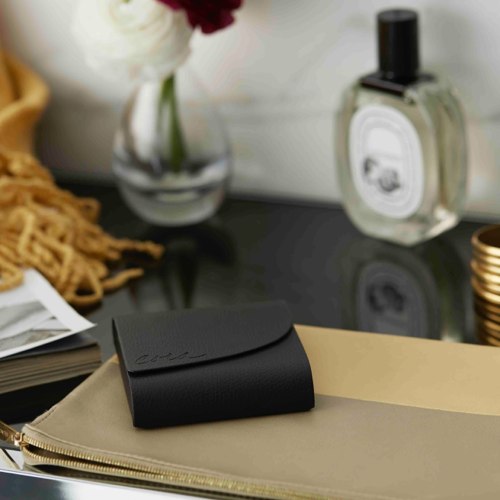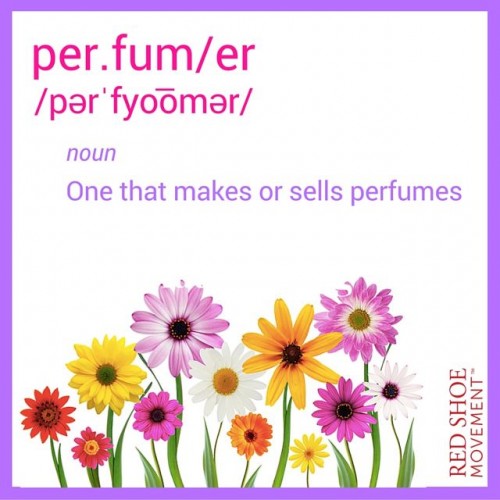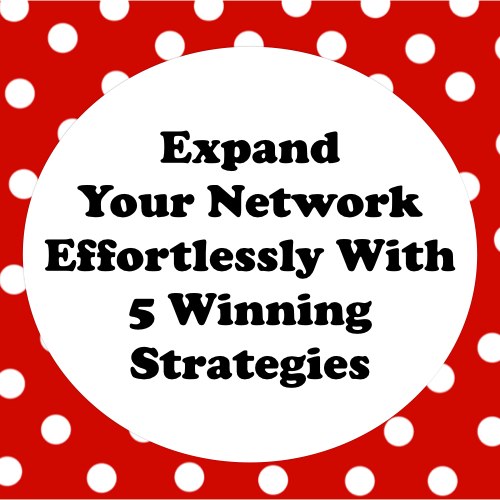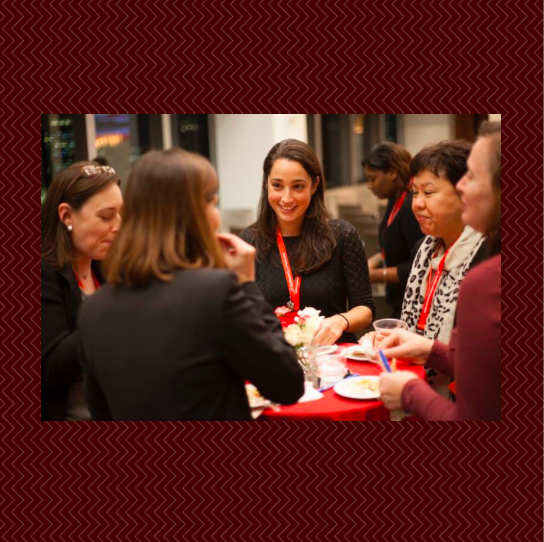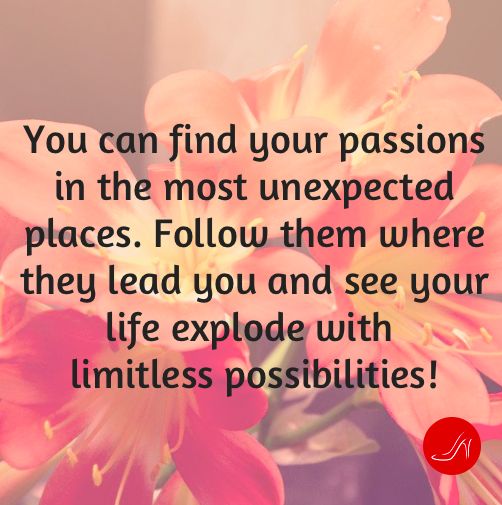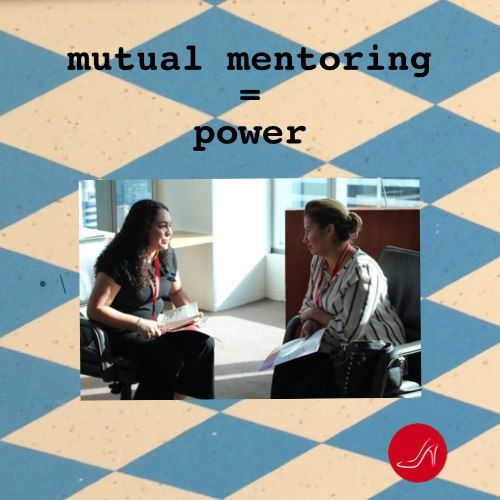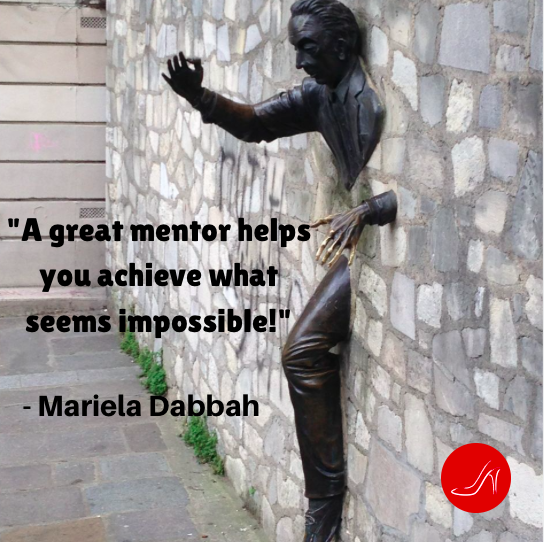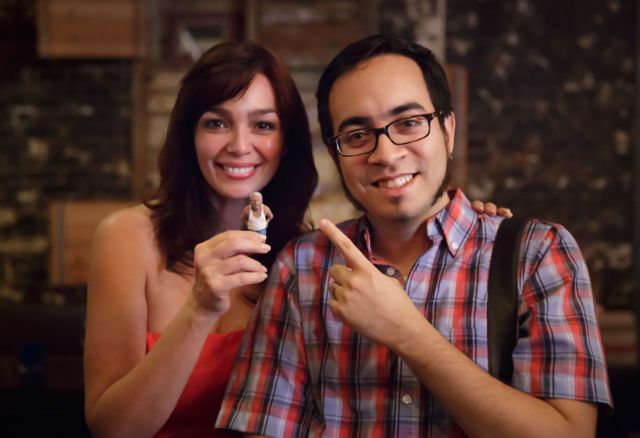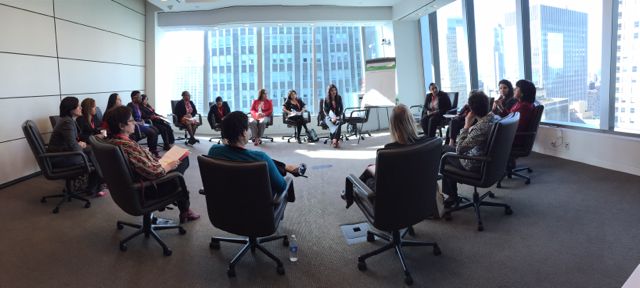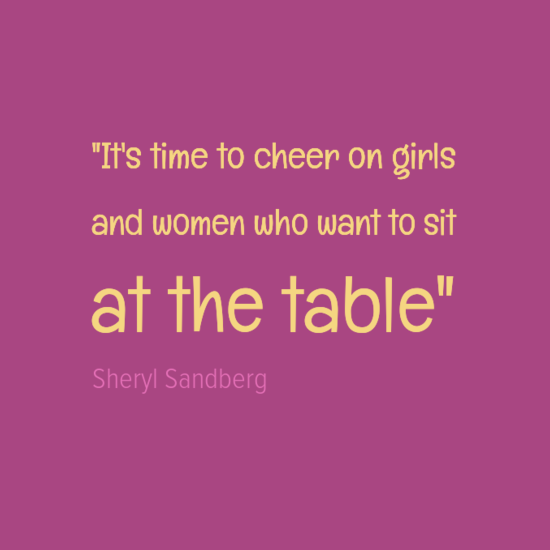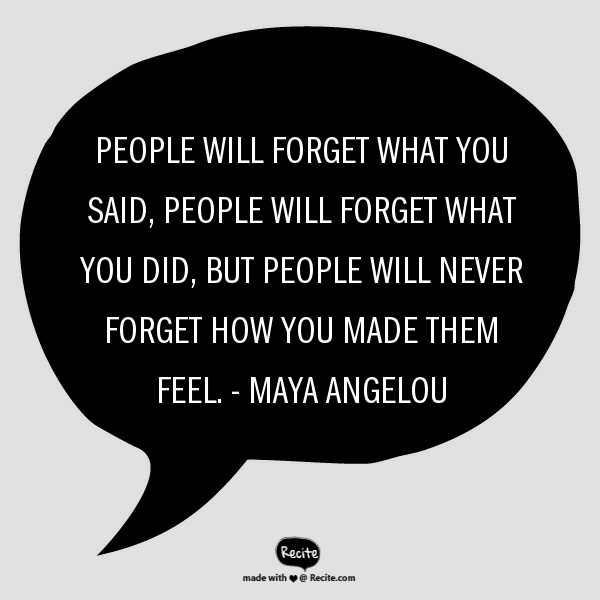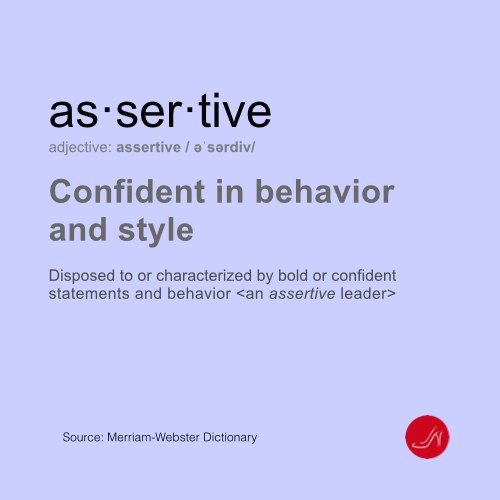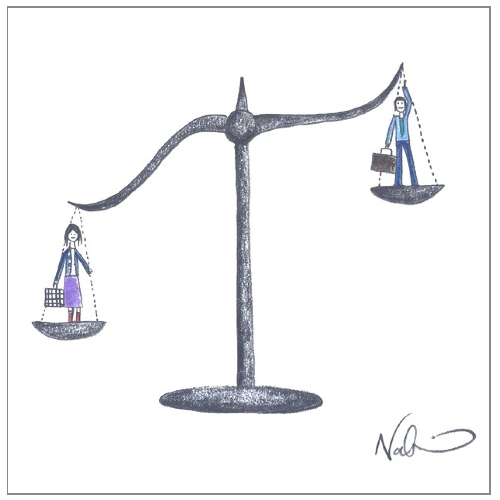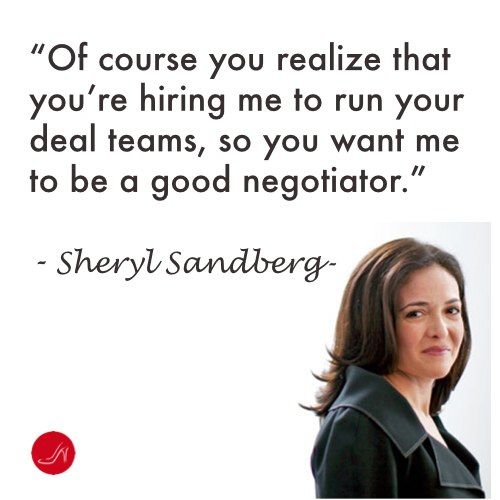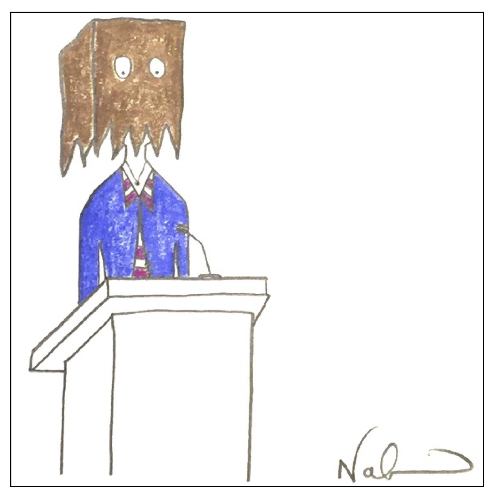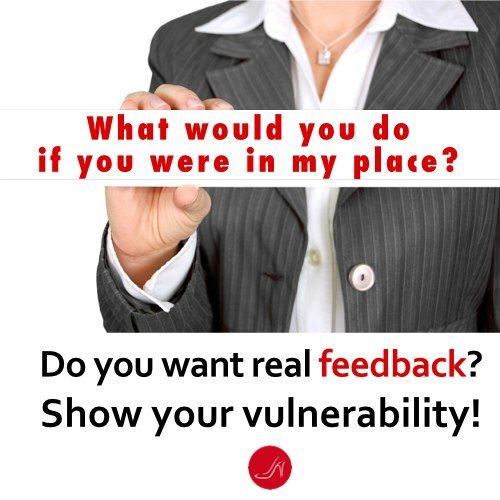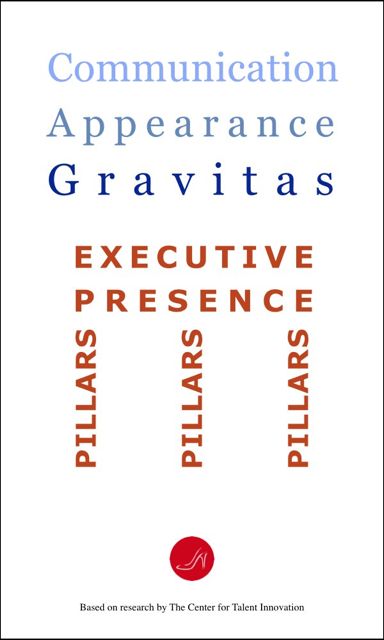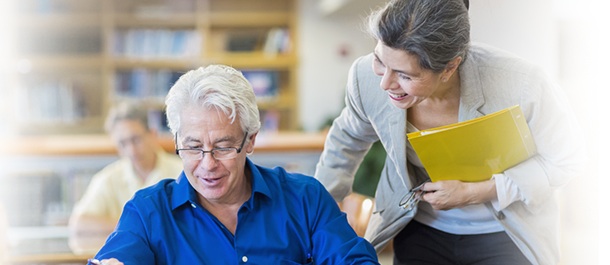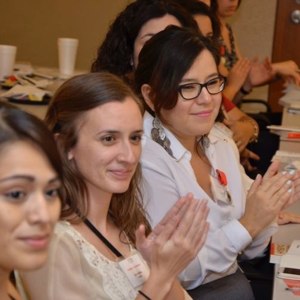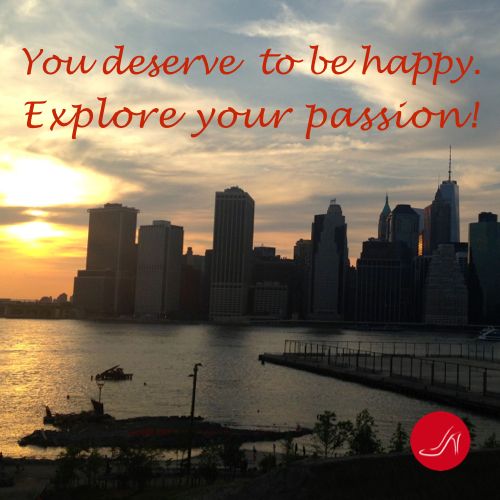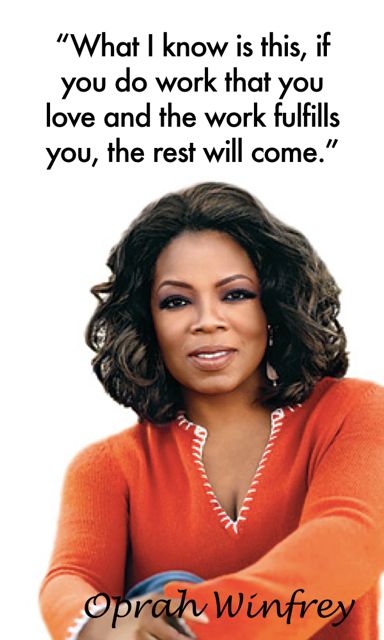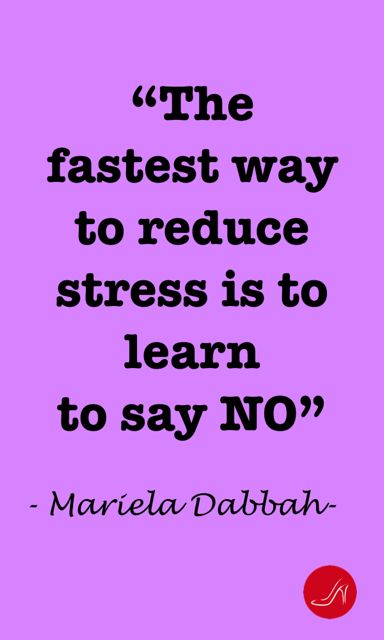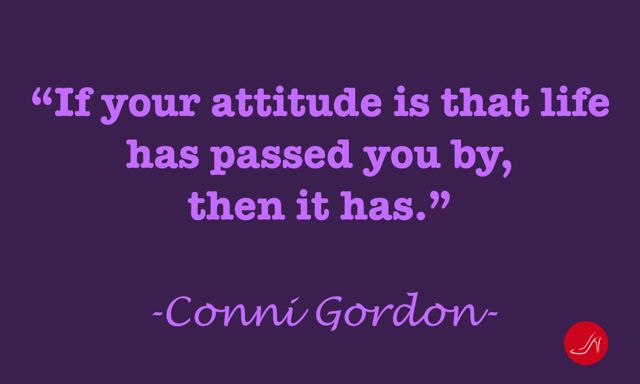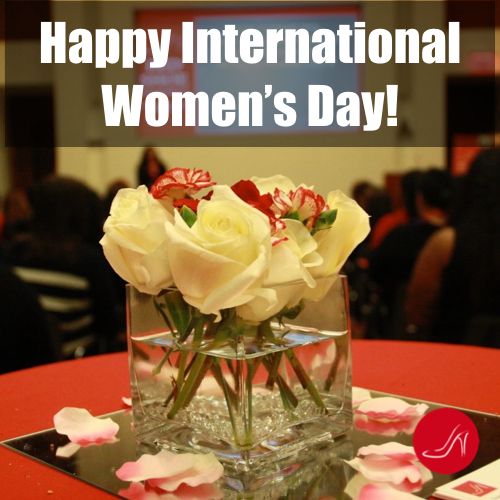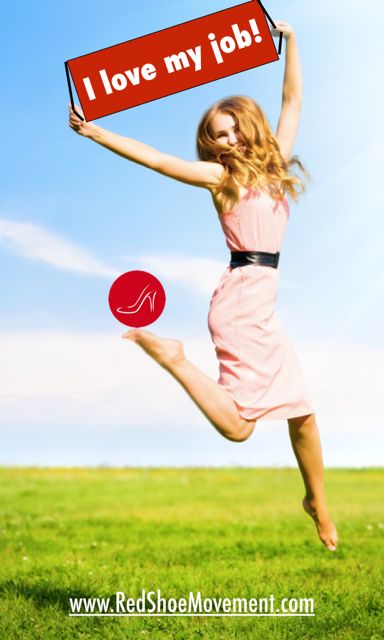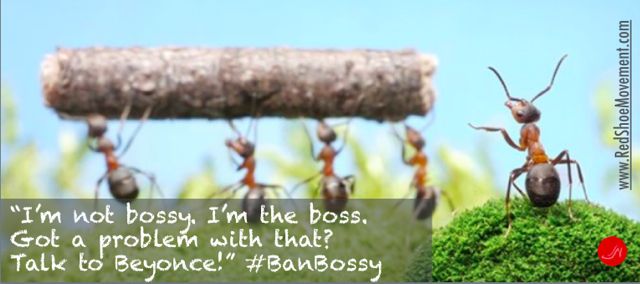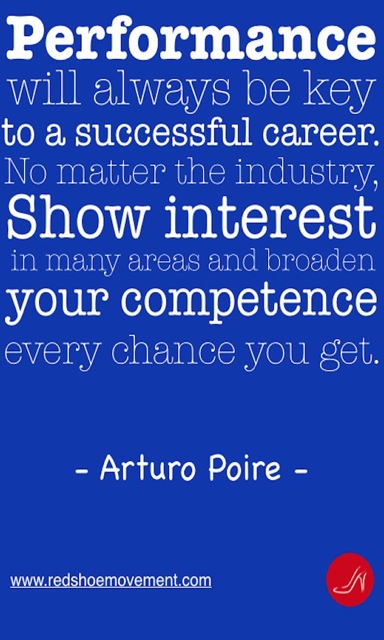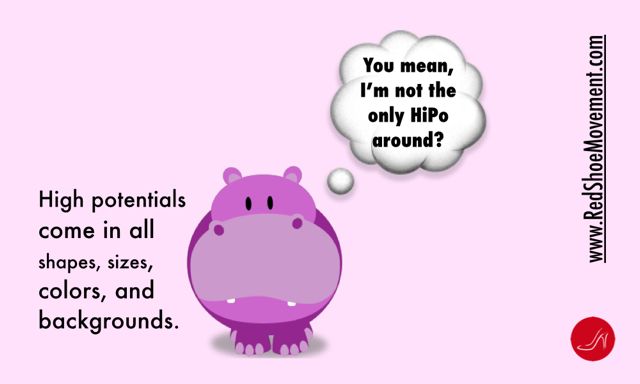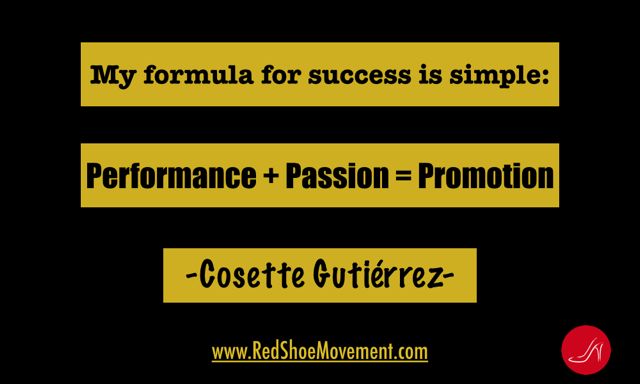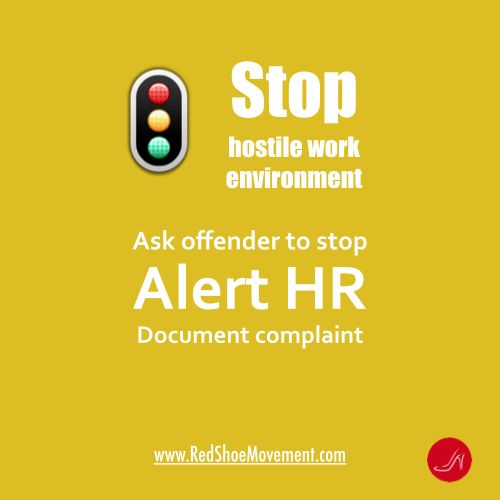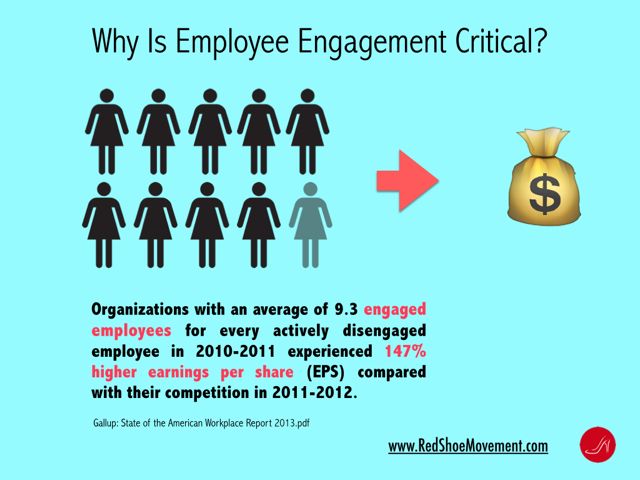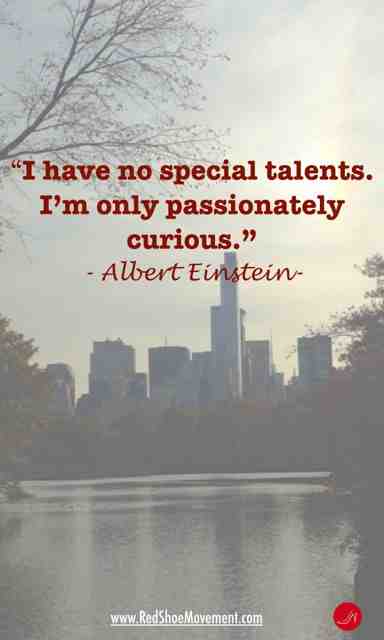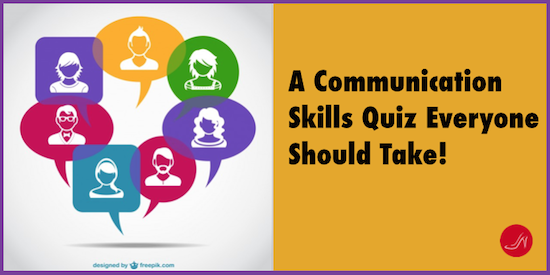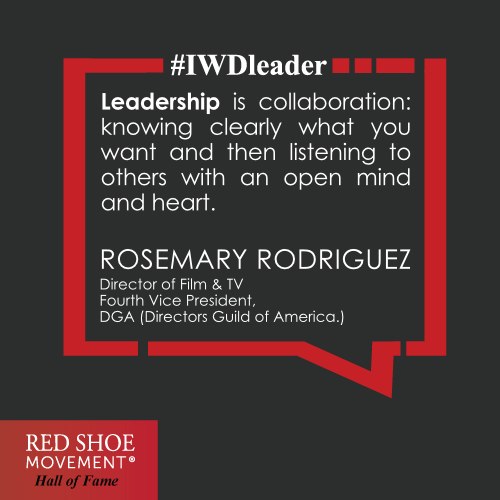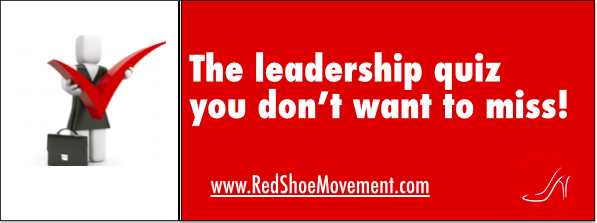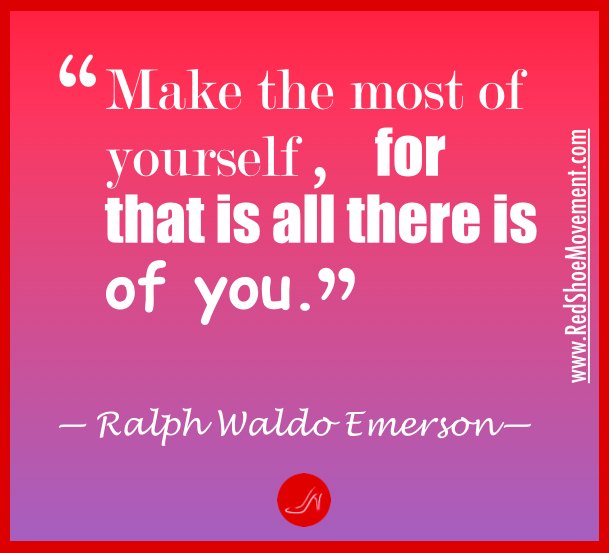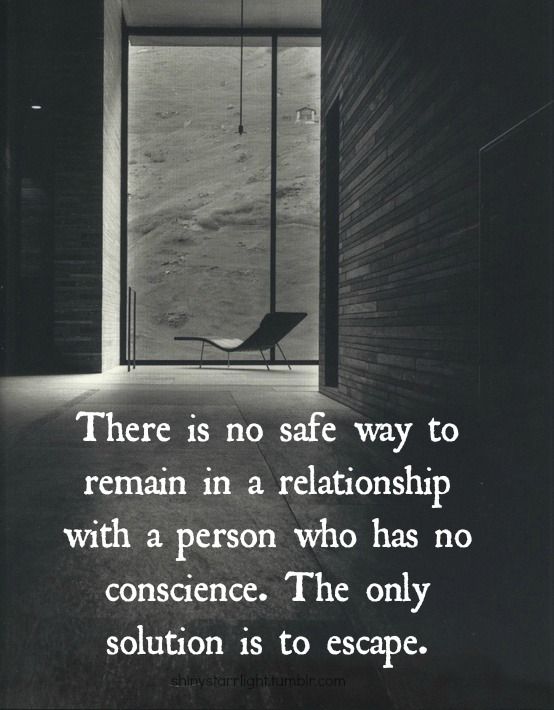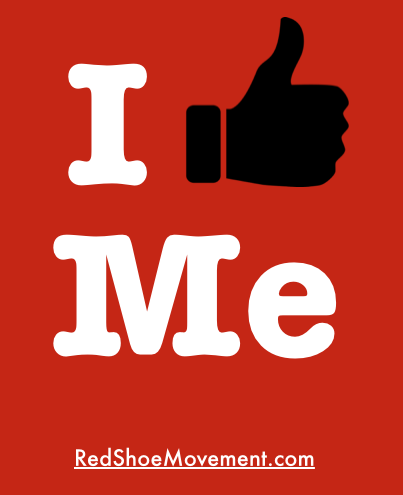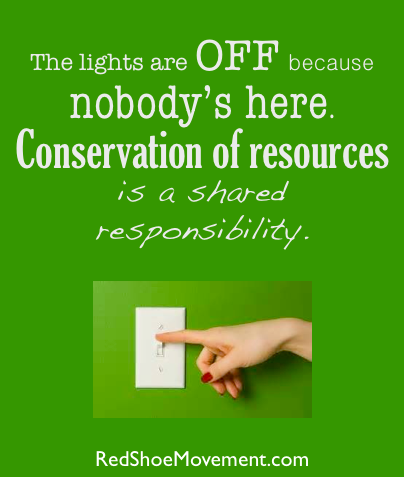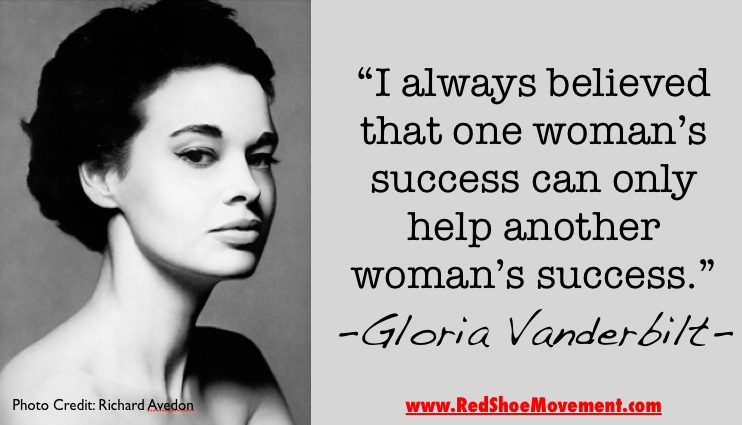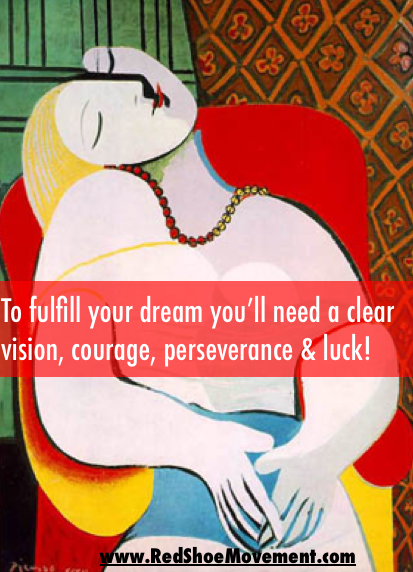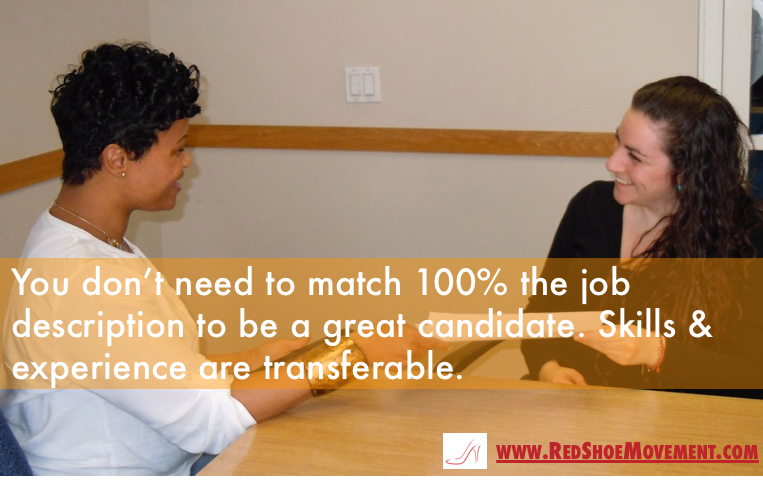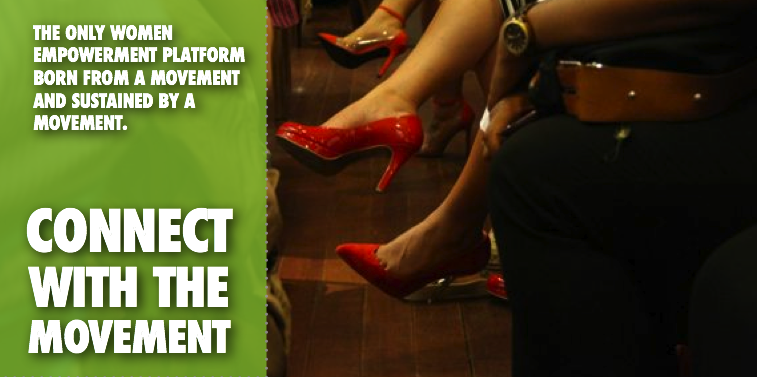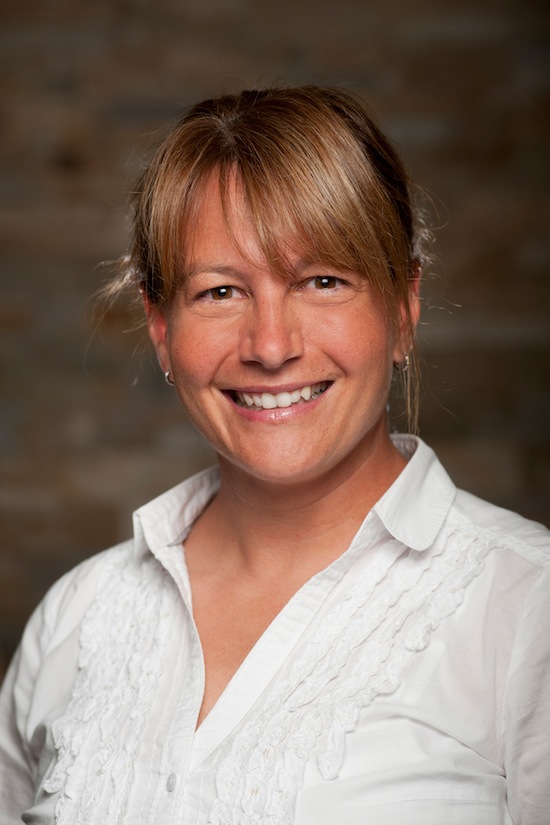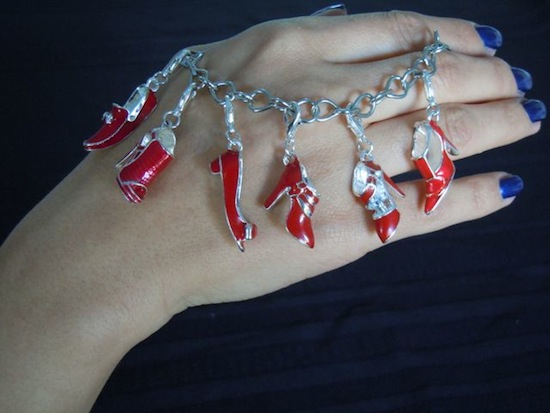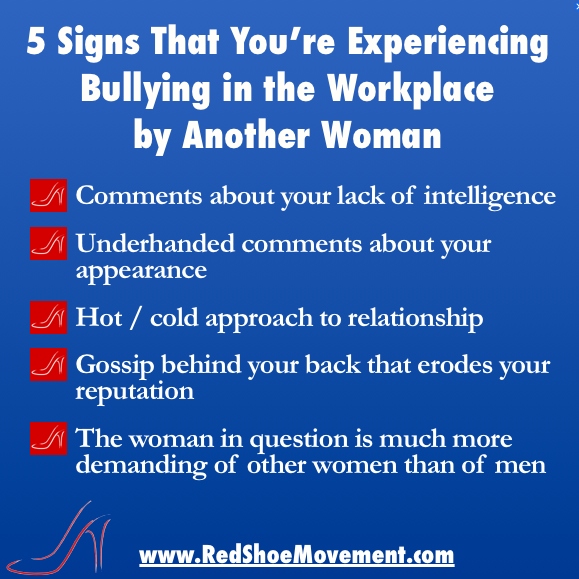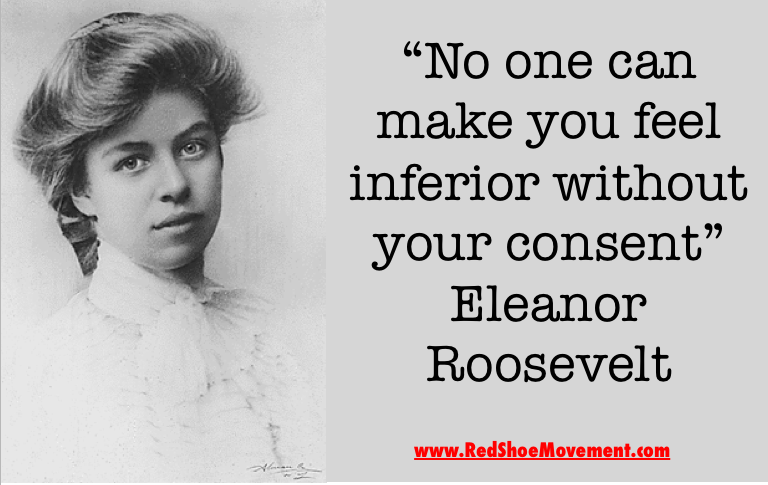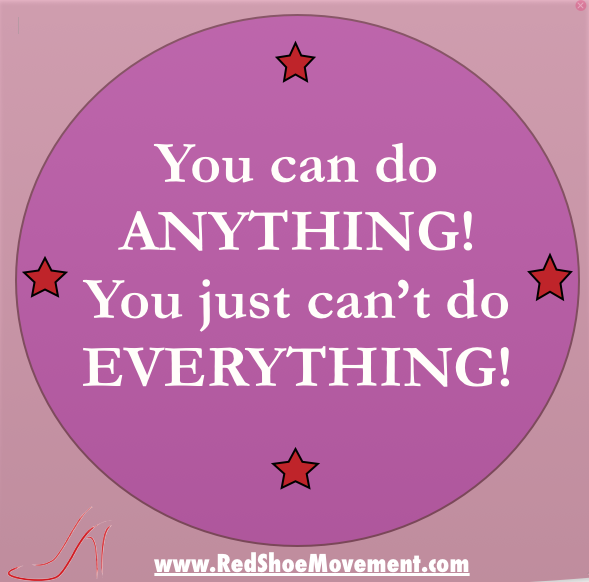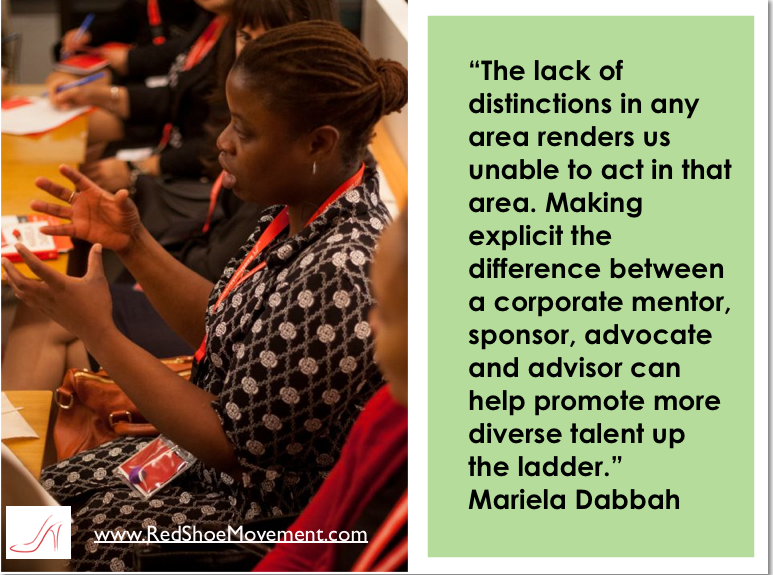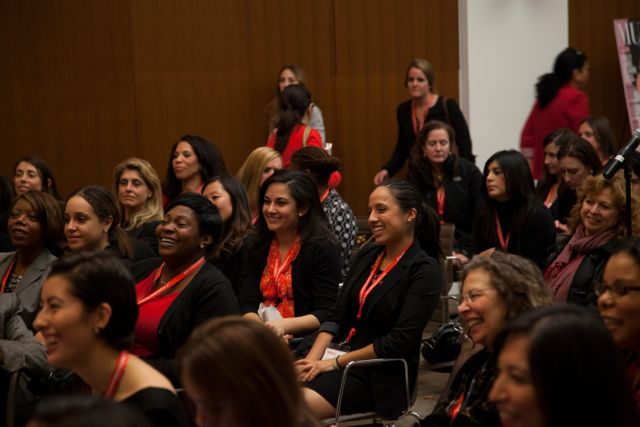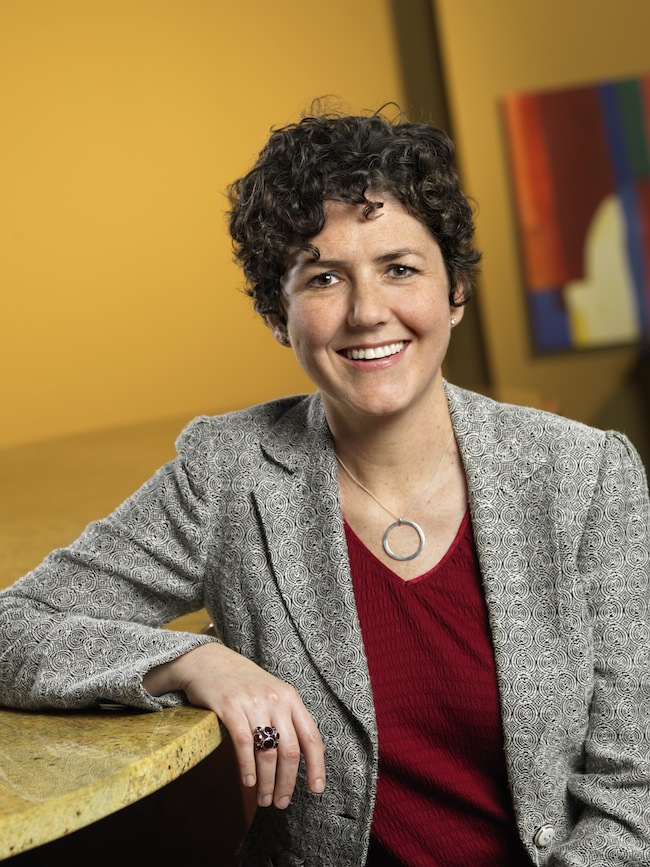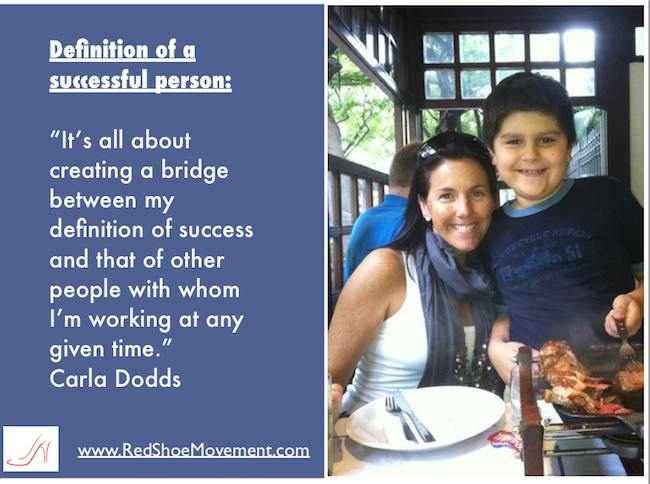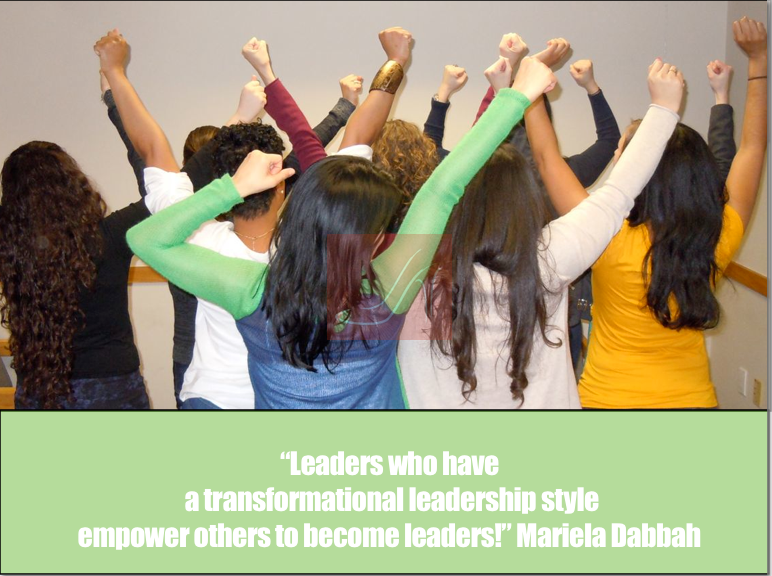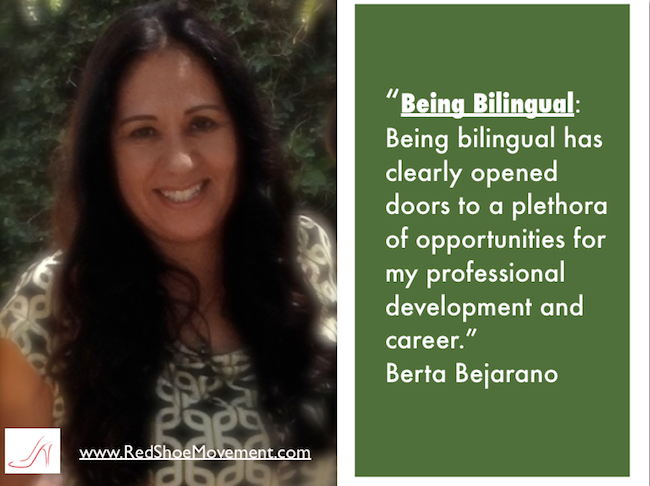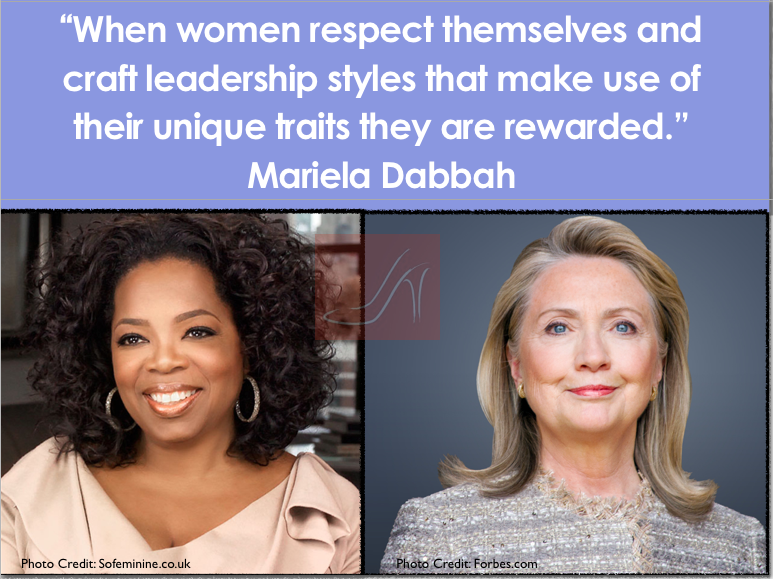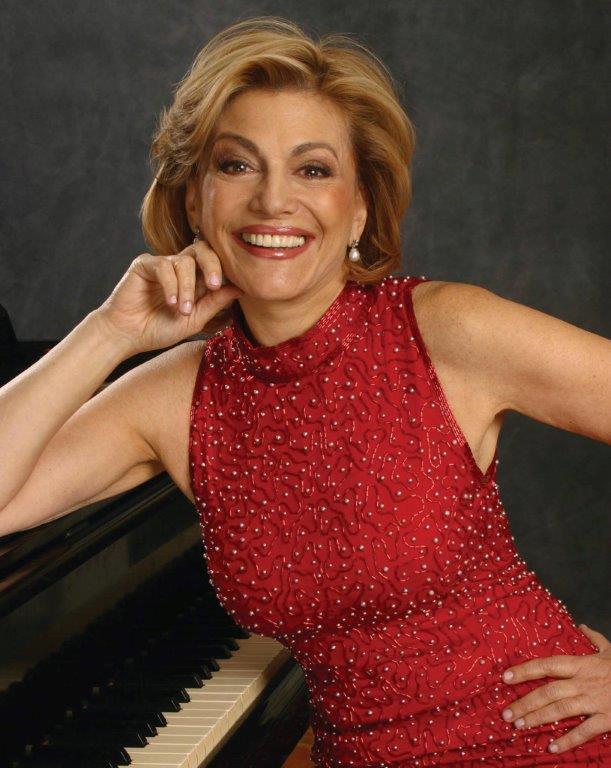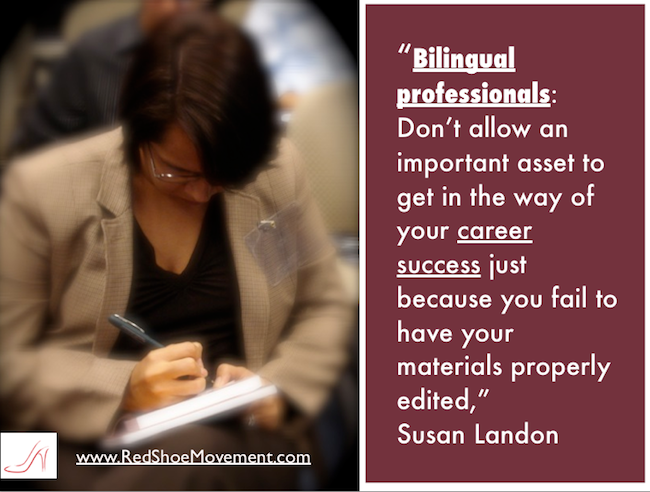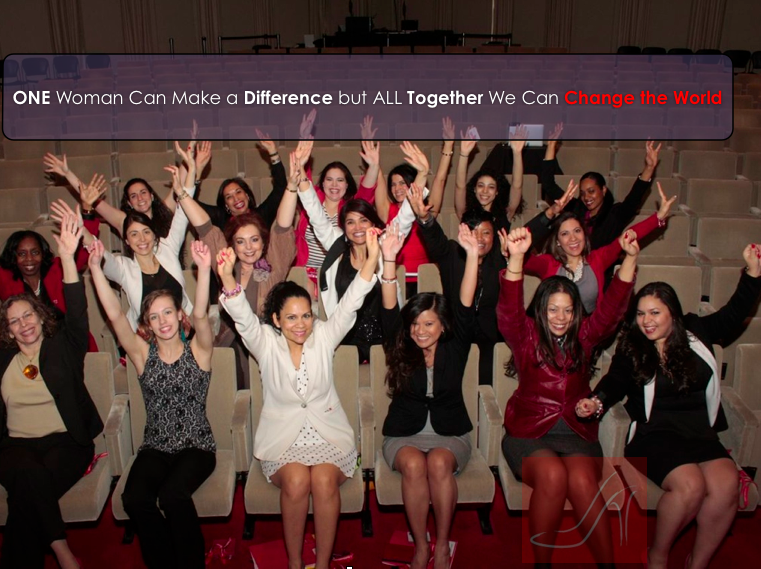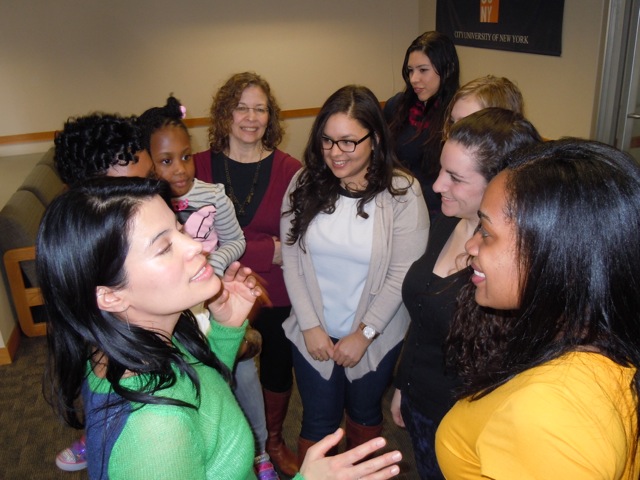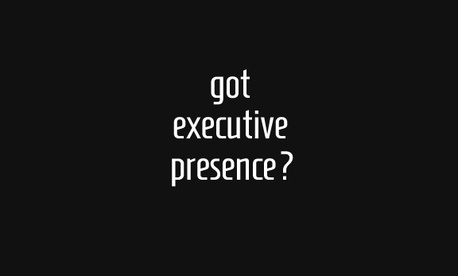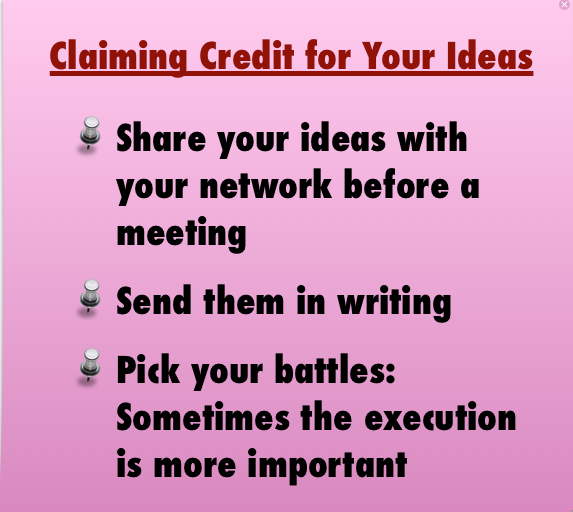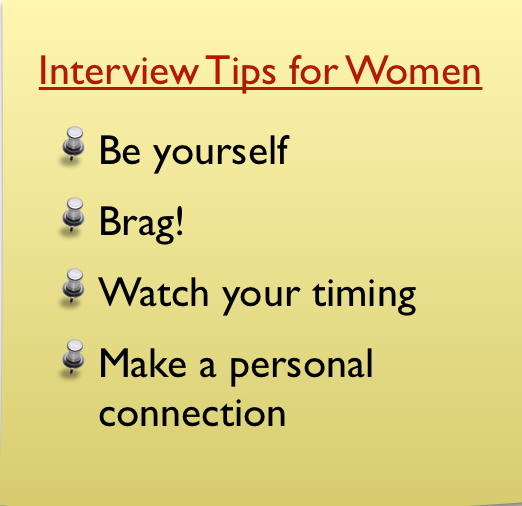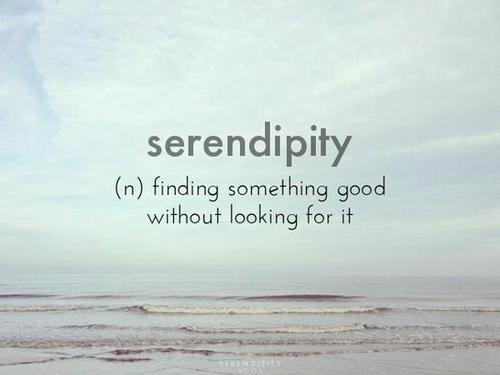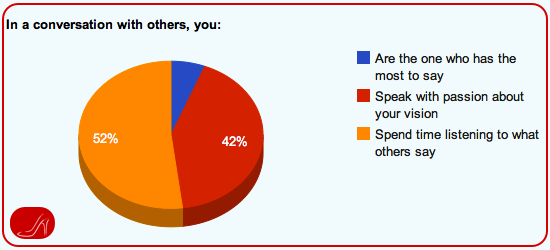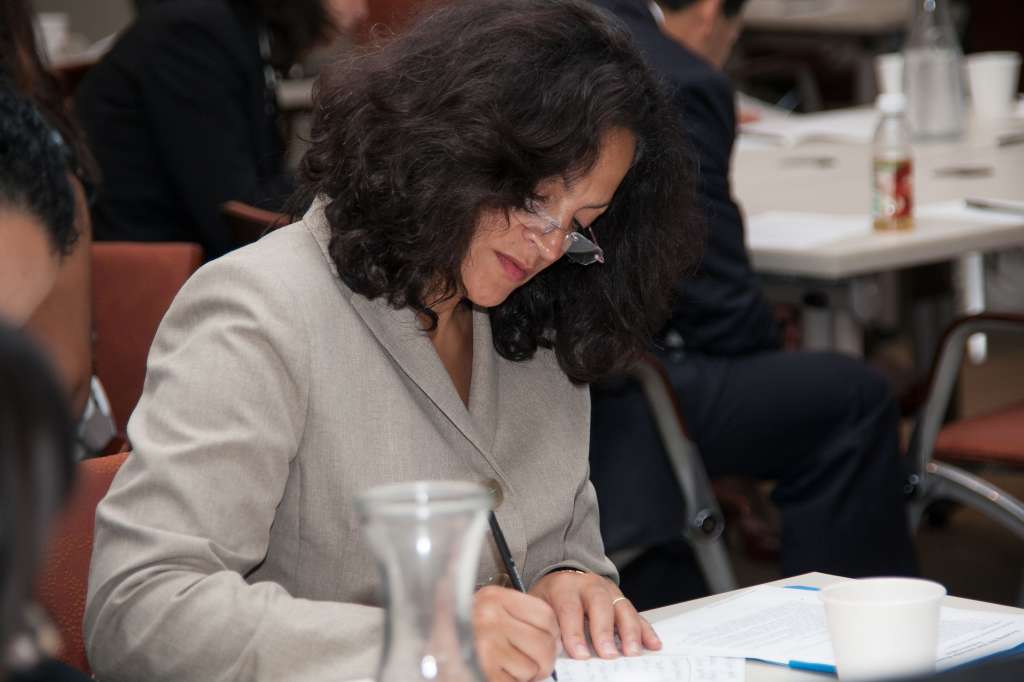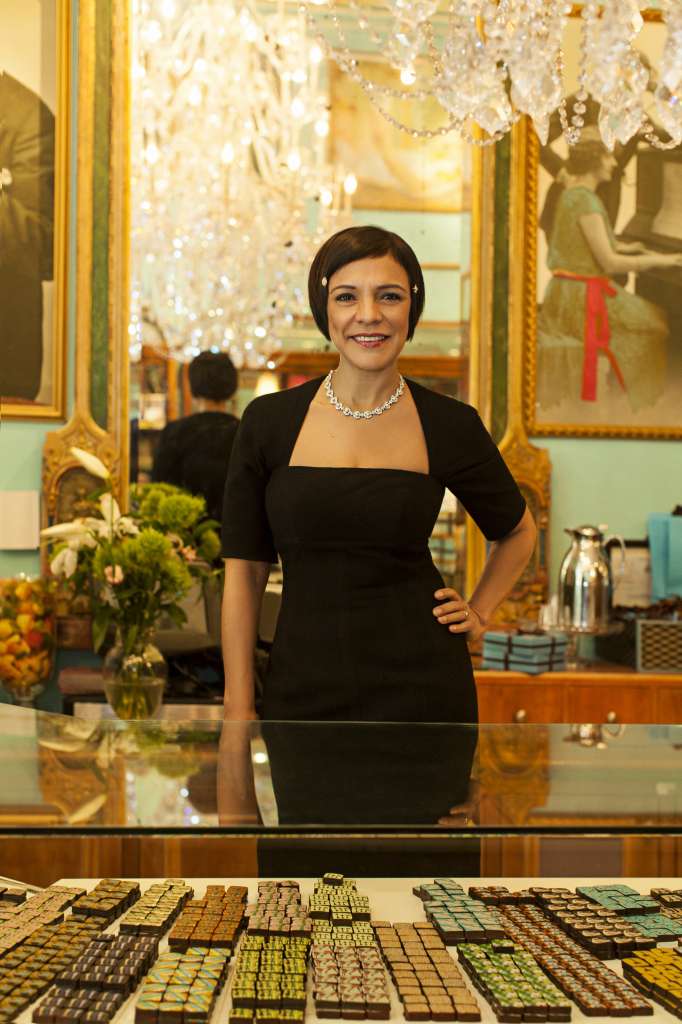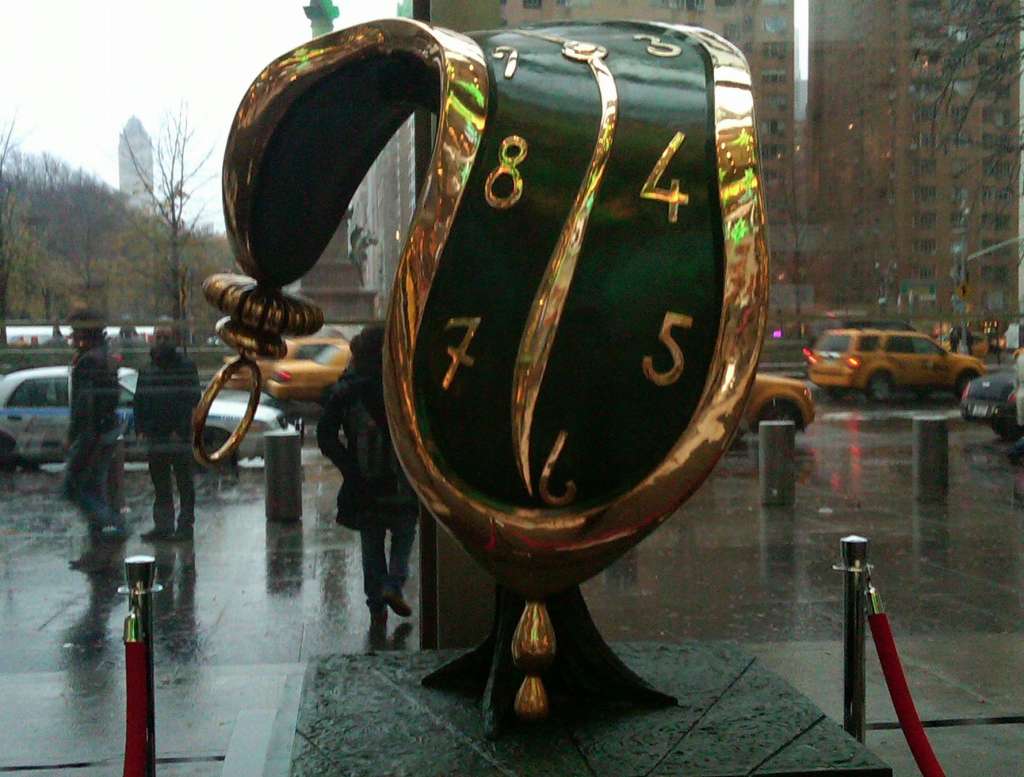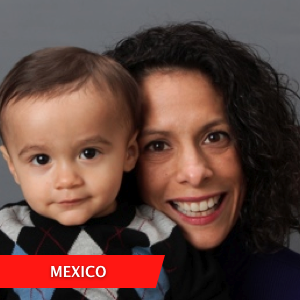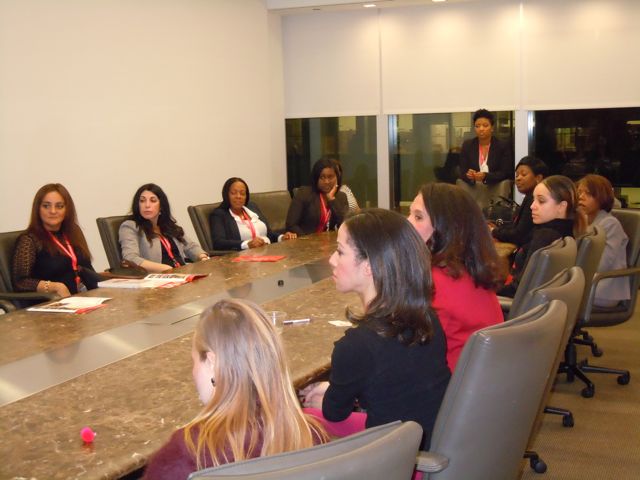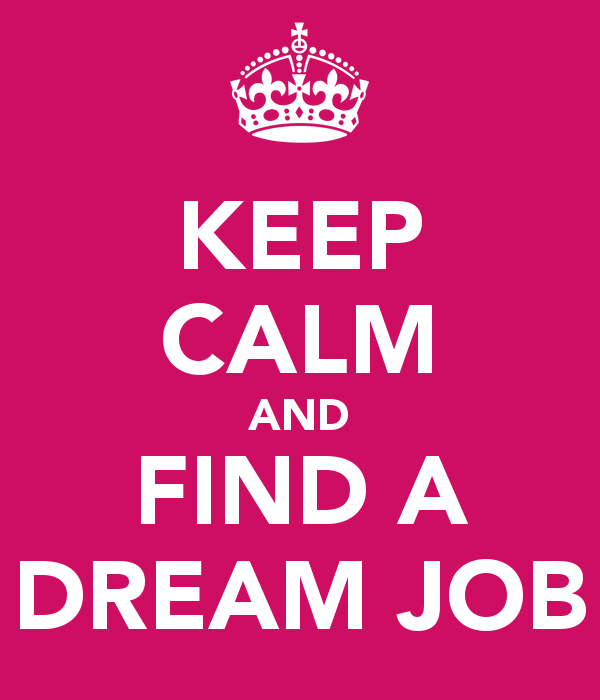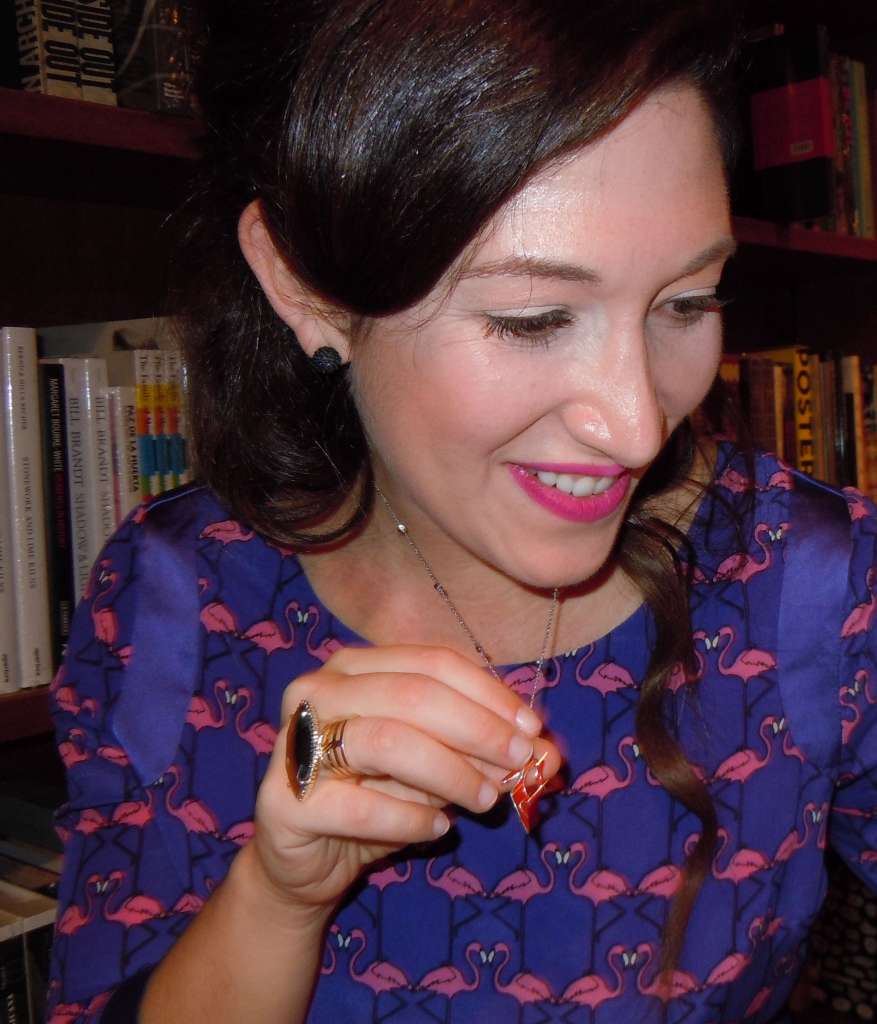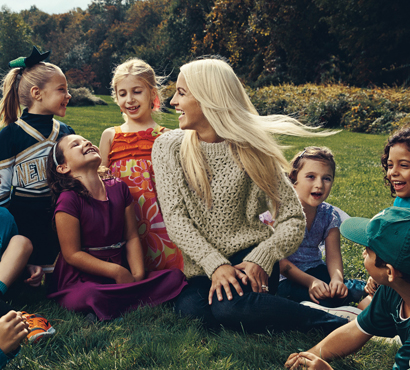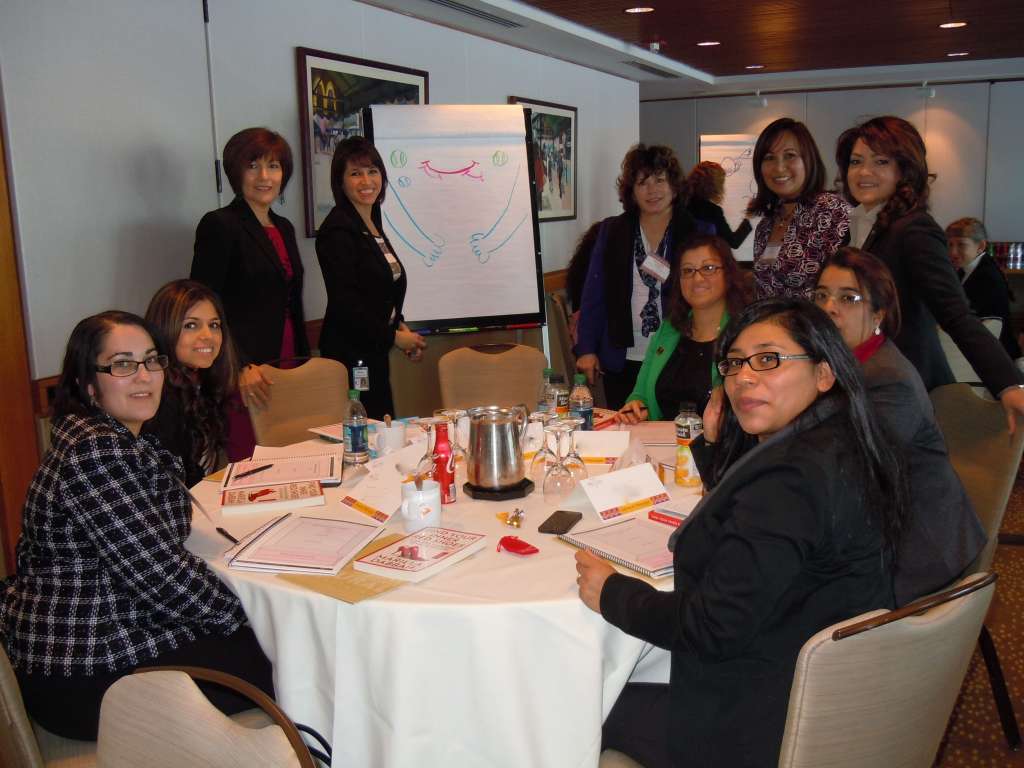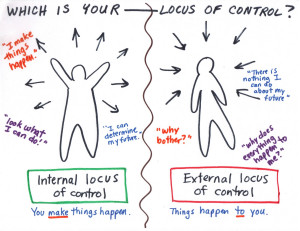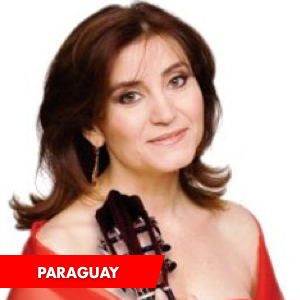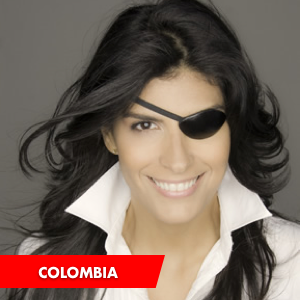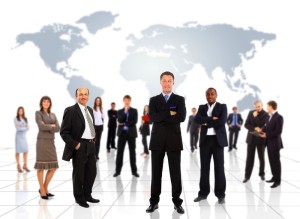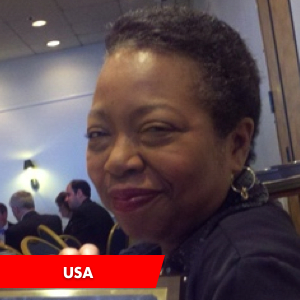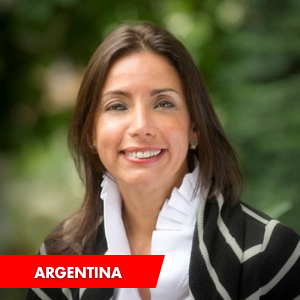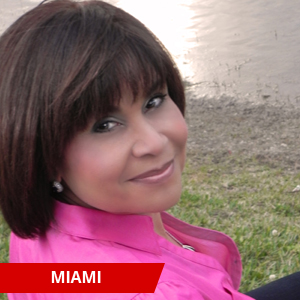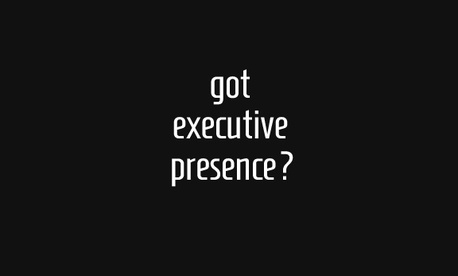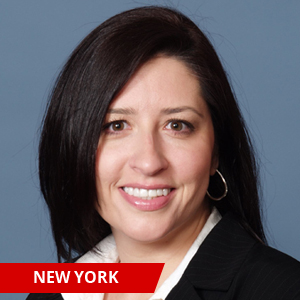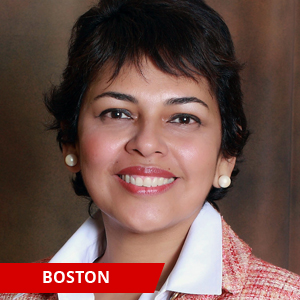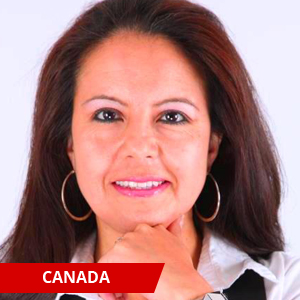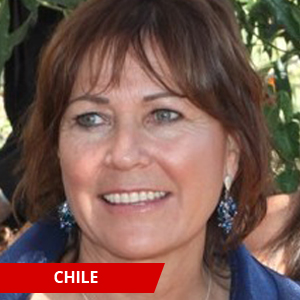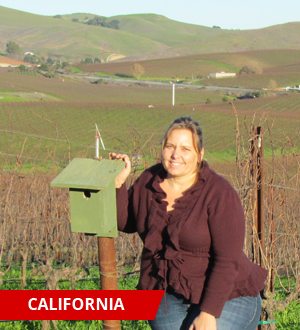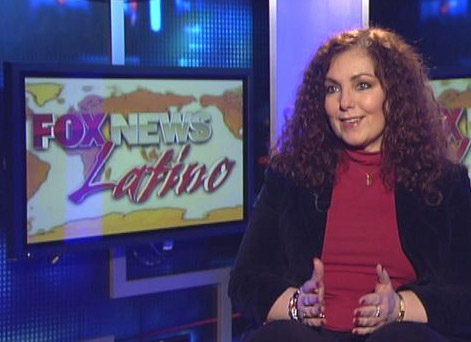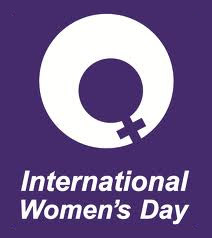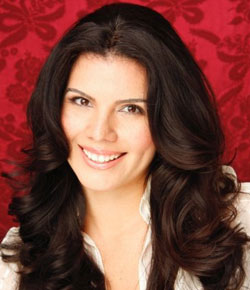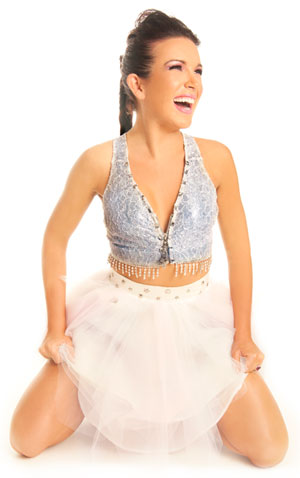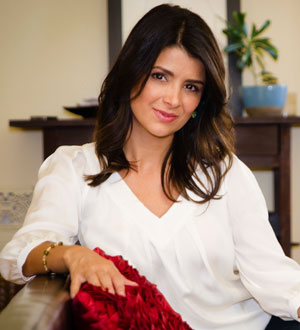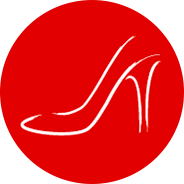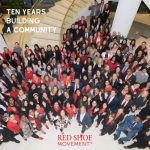Sylvia Acevedo started off her career as a rocket scientist at NASA’s Jet Propulsion Labs, not your regular first stop for a journey to become the CEO of one of America’s most beloved institutions, Girl Scouts.
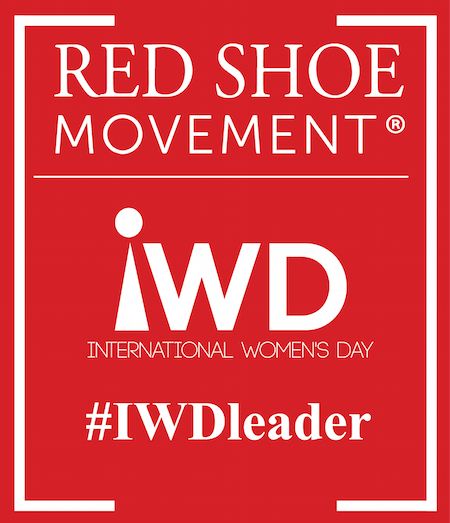
She left to attend graduate school at Stamford and pursue a career in Silicon Valley where she held executive positions at Apple, Dell and Autodesk. Sylvia is a life-long advocate for universal access to education and serves as Commissioner on the White House Initiative for Educational Excellence for Hispanics. She’s an expert in mobilizing communities to increase family engagement in education.
After serving as interim CEO of the Girl Scouts in 2016, Sylvia Acevedo was named permanent CEO in May 2017. Under her tenure, the Girl Scouts introduced a series of badges in robotics, coding, engineering, and cybersecurity.In 2018 she was featured among “America’s Top 50 Women in Tech” by Forbes.
For relentlessly breaking through the glass ceiling and opening new worlds to women and girls, we honor Sylvia Acevedo with the 2019 Hall of Fame.
Red Shoe Movement — There are few women CEOs but there are probably even fewer women who are rocket scientists and who participated in an actual mission. Tell us about your experience at NASA and how that helped shape your career.
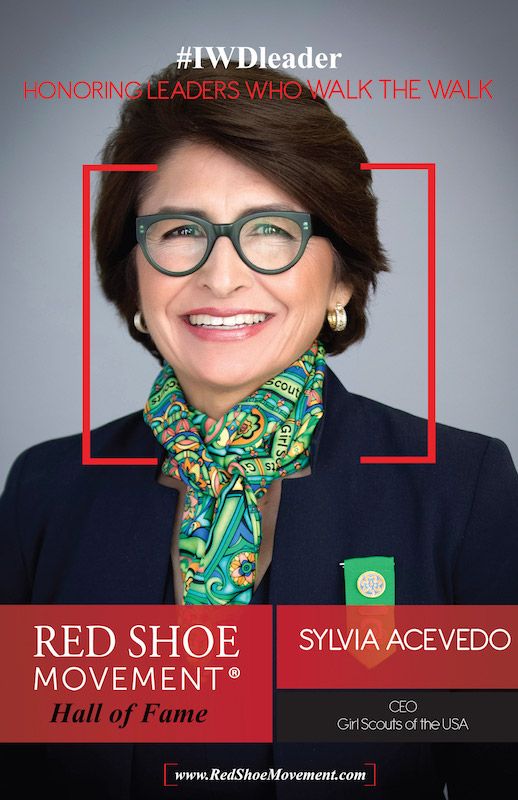
Sylvia Acevedo —It was my first job out of college, working as a rocket scientist at NASA’s Jet Propulsion Labs (JPL) in Pasadena, California. The first program I worked on was called the Solar Polar Solar Probe (SPSP). My job was to help figure out the payload and testing equipment that would be carried on a satellite going to the sun. I had to consider questions like how the equipment would work in the intense heat being generated close to the sun, how it would react to the radiation, how its weight would affect the amount of fuel we would need to carry on the rocket. So to answer these questions I had to create complex algorithms. It takes a long time to launch a new space expedition, and this solar probe finally, decades after I worked on it, launched in August as the Parker Solar Probe.
I also got to work on the Voyager 2 mission, which at the time was passing by Jupiter and its moons Io and Europa. This was a long-range program, which continues to this day, sending automated spacecraft to outer planets to record data and send it back to Earth. The Voyager was transmitting amazing images and data, and JPL needed engineers to analyze them. There were some images coming back from Jupiter and its moons that we had never seen before—just amazing stuff. I really enjoyed my time at NASA—it was such an exciting time to be there doing that work.
After the Voyager 2 had gone by Jupiter, I realized that it was going to take years before it went to the next planet and the next project I was on was going to take decades. So at that point, I realized, “OK, this was great,” but I was ready to go get my master’s at Stanford. Once I had that degree I had the background in engineering and the mathematics expertise to pursue a career in Silicon Valley.
It was a lifelong dream to work at NASA and a true honor to take part in such fascinating and world-changing projects. And the work I did on Solar Polar Solar Probe and Voyager 2 had an incredible impact on the way I think and approach problems. I had to consider the breadth of the universe and the complexities it contained. I didn’t just have to think big—I had to think literally as big as the universe! The infiniteness of the questions and the quest for answers to them inspired me—and it continues to inspire me. I also learned the value of “blue sky thinking”—of generating and ruminating on big ideas regardless of practical constraints—and the important role that each team member plays in the pursuit of big goals.
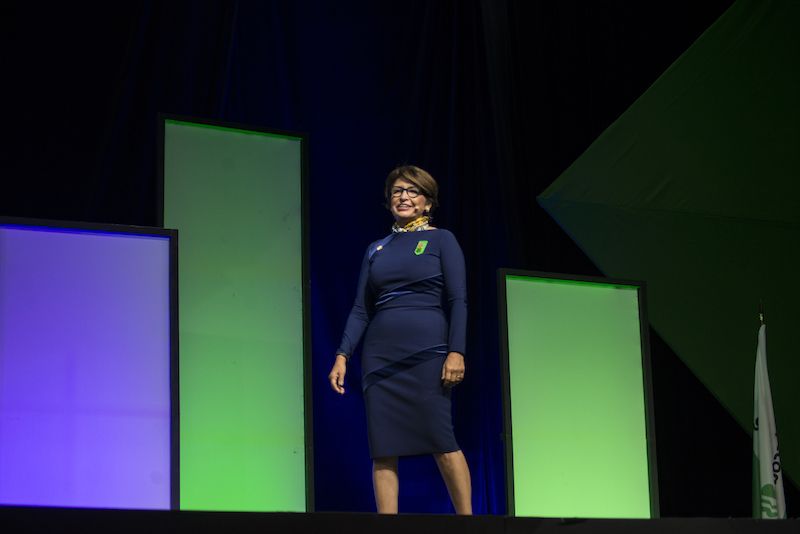
Sylvia Acevedo share traits of great leaders
RSM— What are some of the key traits of a great leader?
SA—I can trace my thoughts about great leadership back to my experience as a young Girl Scout. One of the first leadership positions I held as an adult was when I was still at New Mexico State University. I was asked to join the engineering honor society, Tau Beta Pi, and I was elected president of my chapter. And I thought at the time, and I still think today, that the experience I had as a Girl Scout earning badges, being a cookie entrepreneur, and working as a team with other girls in my troop on projects gave me the confidence to raise my hand, step up, and be a leader.
Great leaders are problem solvers—they are able to break down big challenges into small, achievable goals. They are able to identify the strengths and weaknesses of team members and delegate accordingly. And they are approachable. Open and honest dialogue is very important and helps avoid misunderstandings, build consensus, and bring out the best in everyone so that they can do their best work.
And great leaders stay curious. I had an investigative mind from a very young age—I was always trying to figure out how to get around roadblocks and obstacles that were preventing me from achieving my goals. I think curiosity is an incredibly valuable trait in a 21st-century leader.
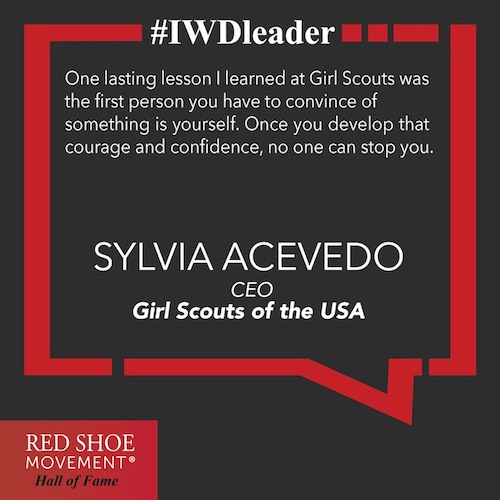
RSM— Why do women make great leaders?
SA—It’s a bit of a cliché but I do think women are consensus builders, and that is something we need more of in our leaders today. I think women also tend to have a mission mindset. It’s so important for leaders to have a real understanding of and appreciation for what their focus is, then have persistence and determination in carrying out their mission.
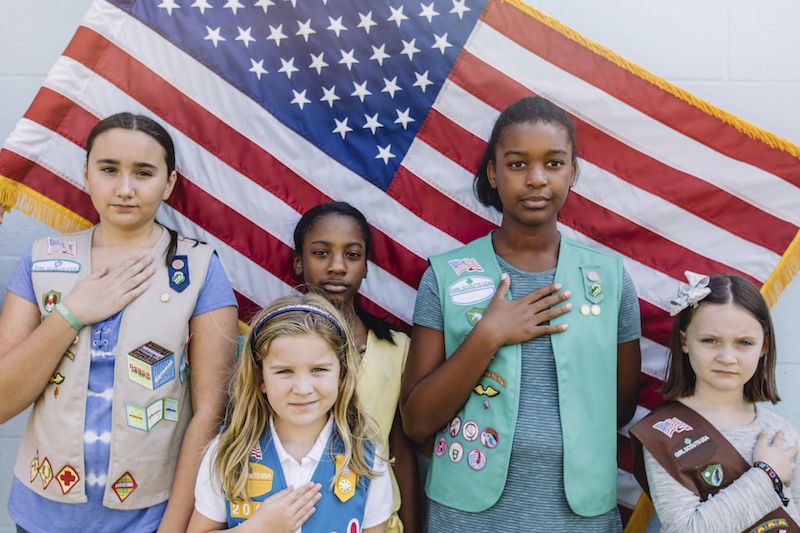
RSM— Girls Scouts is responsible for inspiring a great majority of the female leaders in this country. Could you give us some statistics?
SA—Yes, Girl Scout has incredibly powerful outcomes. 50 percent of female business leaders, 73 percent of female U.S. senators, the majority of women who have flown in space, and 100 percent of female U.S. secretaries of state were all Girl Scouts. More than half of the 106 women in the U.S. House of Representatives are Girl Scout alums, and of the nine women currently serving as governors across the U.S., five are Girl Scouts.
RSM—What are some of the skills that girls develop as Girls Scouts that help them pursue leadership careers?
SA—The values of great leadership are imbedded throughout the Girl Scouts experience. You seek challenges and learn from setbacks. You develop a strong sense of self. You learn to identify problems and develop solutions. You build courage, confidence, and character. And you learn to take initiative.
There are some amazing Girl Scouts who are taking on big challenges in their communities to earn their Gold Award, the highest award in Girl Scouting. To earn the award they must identify a community problem, investigate it thoroughly to understand root causes, create a plan of action, build a team of people who can help them achieve their goal, present their plan and gather feedback, and then execute on that plan. Gold Award Girl Scouts use the leadership skills they learn at Girl Scouts to make a real impact, and they go on to do incredible things as leaders in the world.
Don't miss this interview with another amazing CEO, Deborah Gillis!
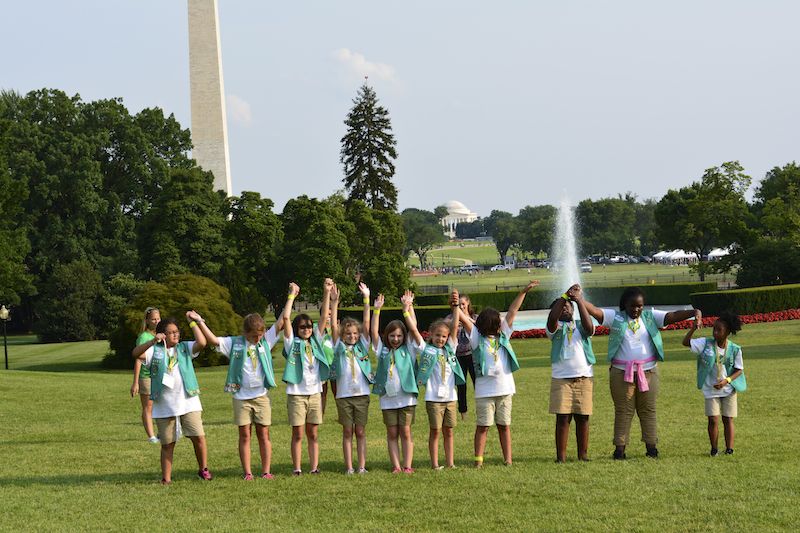
RSM—Why is it important to reserve some spaces for women-only experiences?
SA—Women-only spaces and experiences are incredibly important, and that confuses some people who think, “Why are they necessary?” Well, we need those places where we can connect, create, and collaborate, where we can get encouragement, where we can learn skills that we might not have access to elsewhere, where we can get replenished, and where we can hear things tailored to the way women like to learn and lead.
I was one of the few women in tech when I was in Silicon Valley, and in one of my first jobs at IBM, I noticed that the guys would always huddle with the male engineers on my floor, but they would never include me or any of the other women engineers. They would talk among themselves about the agenda, what the boss really wants to hear, and insidery things like that. So I realized that they were exchanging much inside information that we women engineers weren’t privy to. And I tried crashing the party a few times, and they closed up pretty quickly. This was an important realization, the amount of informal networking that really impacts your career that I was shut out of.
There are more women today in all different industries, but I do think it’s still important for us to have spaces of our own where we can do our own informal networking, make those connections, build those relationships, and exchange information of our own!
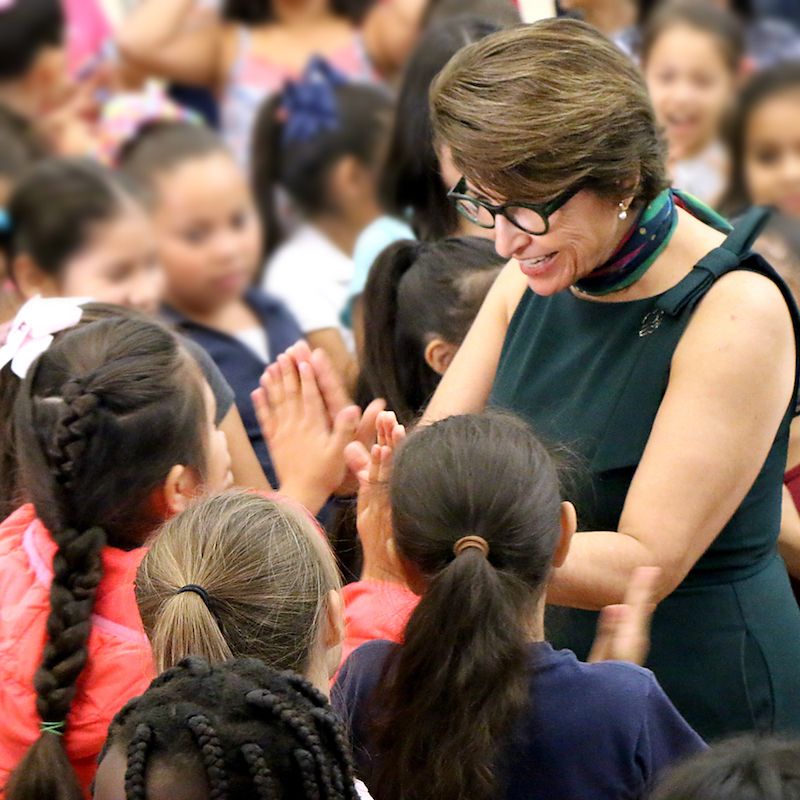
Sylvia Acevedo reflects on a costly mistake
RSM— In terms of leadership lessons, is there a particular mistake or failure that you now “cherish” because of what you learned from it?
SA—One lesson I learned is the importance of managing expectations in business relationships. In the early days of the internet and the global digital transformation, I was working with Dell in South America. There was one particular deal we were trying to close with a governmental entity and this prospective client was very used to the traditional ways of working with a corporation, which involved having a lot more people on site and considerable investment in brick and mortar plants. We were coming in and pitching a solution that could be fulfilled with only a few people on site—we brought in fewer than ten—because we could do things globally through a dispersed network of team members.
What I didn’t understand was that for this client, the absence of actual bodies in the building was a big deal. Their expectations were not lining up with what they were seeing from us. It was a very large opportunity, with millions of dollars on the line, but we didn’t close the deal because of mismanagement of expectations.
My failure was in not communicating beforehand our vision of the project, the efficiencies we would bring that would actually lower costs, and what it would require on site. To us these things were obvious, but in those days our proposal was still a new way of doing things. The fact that we had such a small in-person team said to them that we had undersized the opportunity and weren’t taking them seriously, so they didn’t take us seriously. We were really speaking past each other. It was a tough—but a very valuable—lesson to learn.
